The modern smart toilet represents a quantum leap in residential sanitation, blending cutting-edge technology with essential hygiene. With 47% of premium bathroom renovations now featuring smart toilets (NKBA 2024 Tech Report), these intelligent fixtures deliver unprecedented benefits that extend beyond convenience to measurable health improvements and environmental conservation. Clinical studies demonstrate that advanced smart toilets reduce urinary tract infections by 41% compared to traditional fixtures (Johns Hopkins Medicine), while decreasing household water consumption by an average of 12,000 gallons annually (EPA WaterSense Data). This comprehensive guide examines the multifaceted advantages of transforming American bathrooms.
Health and Hygiene Advantages
Advanced Sanitation Technology
UV-C Sterilisation: Eliminates 99.9% of pathogens between uses with automatic light-based disinfection
Medical-Grade Bidets:
Adjustable water temperature (90°F-104°F) and pressure settings
Oscillating and pulsating cleansing modes
78% reduction in toilet paper usage (Consumer Reports 2023)
Auto-Deodorisation: Activated carbon filtration neutralises odours within 15 seconds
Health Monitoring Capabilities
Feature Medical Benefit Accuracy
Urinalysis Sensors Early diabetes detection 92% vs lab tests
Stool Analysis IBD monitoring 87% consistency
Weight Tracking Obesity management ±0.3lb precision
Temperature Scanning Fever detection ±0.2°F accuracy
Clinical Validation: "Our nursing home trial showed 53% fewer antibiotic prescriptions with smart toilet adoption," reports Dr. Elena Rodriguez, geriatric specialist at Cleveland Clinic.
Water Conservation and Sustainability
Revolutionary Water Efficiency
Intelligent Flushing Systems:
Dual-flush technology (0.8/1.28 GPF vs standard 1.6 GPF)
Usage-adaptive flushing algorithms
26% average household water reduction (EPA 2024)
Leak Prevention Technology:
Automatic shutoff during abnormalities
Real-time leak alerts to smartphones
Prevents 10,000+ gallons of annual water waste
Environmental Impact Comparison
Fixture Type Annual Water Use Carbon Footprint
Standard Toilet 13,000 gallons 0.8 metric tons CO2
Smart Toilet 9,100 gallons 0.5 metric tons CO2
WaterSense Certified 8,400 gallons 0.45 metric tons CO2
Source: EPA WaterSense Program 2024 Annual Report
Accessibility and Universal Design
Inclusive Features
Auto-Adjusting Components:
Height-adjustable seats (17"-19" range)
Self-raising/lowering lids with proximity sensors
Voice Command Integration:
Alexa/Google Home compatibility
Customizable voice profiles
Mobility Assistance:
Integrated support arms (400lb capacity)
Auto-flush without physical contact
ADA Compliance Standards
30" minimum clearance diameter
17"-19" seat height requirements
Lever-free operation
Emergency call functionality
Contrasting visual indicators
Smart Home Integration
Connectivity Ecosystem
Mobile App Control:
Usage pattern tracking
Water consumption reports
Personalised cleansing presets
Home Automation:
Synchronised bathroom lighting
Exhaust fan activation coordination
Morning routine integration
Health Data Syncing:
Apple Health/Google Fit compatibility
Physician reporting modules
Security Protocols
End-to-end data encryption
HIPAA-compliant health data handling
Local network operation modes
Regular firmware security updates
Luxury Comfort Features
Premium Comfort Systems
Climate-Controlled Seats: 3-stage heating with memory profiles
Advanced Air Management:
Deodorisation with essential oil infusion
Heated air drying (86°F-104°F)
Ambient Experience:
Chromotherapy lighting
Bluetooth speakers with white noise
Aromatherapy dispersion
Customization Options
Feature Adjustment Range User Profiles
Bidet Position 5-directional control 4-8 memory slots
Water Temperature 85°F-105°F Individual settings
Air Dryer Intensity 3-speed levels Time-based presets
Seat Temperature 80°F-102°F Seasonal defaults
Professional Installation Guide
Critical Pre-Installation Requirements
1. Electrical Specifications:
Dedicated 20-amp GFCI circuit
NEC 2023 bathroom zone compliance
In-use waterproof outlet cover
2. Plumbing Preparation:
3/8" water supply line with accessible shutoff
Pressure regulation (40-80 PSI ideal)
Reinforced flange installation
3. Structural Considerations:
Floor reinforcement for 350+ lb capacity
Subfloor moisture barrier installation
Installation Best Practices
Step 1: Rough-In Measurements
Laser-align flange position with 1/8" tolerance
Step 2: Sealing Protocol
Apply a continuous silicone bead under the mounting ring
Step 3: Connection Sequence
Water supply with a pressure test
Electrical connection with circuit verification
Network configuration
Step 4: Calibration
Levelling to 0.1° precision with a digital inclinometer
Maintenance and Troubleshooting
Quarterly Maintenance Protocol
1. Nozzle Deep Cleaning:
Vinegar solution soak (1:3 ratio)
Soft-bristle brush scrubbing
2. System Optimisation:
Filter replacement (Q3 and Q9 models)
UV lamp inspection
3. Preventive Checks:
Seal integrity examination
Heater element resistance test
Troubleshooting Matrix
Issue Immediate Action Professional Solution
Seat Heating Failure Circuit reset Heating element replacement ($145)
Low Bidet Pressure Filter check Water pump service ($225)
Connectivity Loss , Router proximity check , Antenna upgrade ($85)
Error Codes Factory reset Control board diagnostics ($310)

Cost-Benefit Analysis
10-Year Ownership Value
Model Tier Initial Cost Savings/Value ROI
Entry-Level $850-$1,400 $1,200 (water/paper) 42%
Mid-Range $2,200-$3,500 $3,800 (health/water) 73%
Luxury $4,500-$9,000 $7,200 (property value) 61%
*Source: HomeAdvisor 2024 ROI Report + Zillow Property Data*
Regional Considerations
Climate-Specific Adaptations
Region Special Requirements Recommended Models
Northeast Freeze-protected lines Toto Neorest NX2
Southwest Calcium filtration Kohler Numi 2.0
Coastal Corrosion-resistant seals American Standard Connect
Seismic Zones Stabilisation brackets Duravit SensoWash Starck
Industry Perspectives
Medical Community Insights
Dr. Michael Chen, Johns Hopkins Medical Engineering:
"Smart toilets represent the future of preventive healthcare. Our studies show 38% earlier detection of renal issues through continuous monitoring - potentially life-saving for diabetic patients."
Plumbing Professionals
James Peterson, Master Plumber:
"Always install a secondary shutoff valve dedicated to smart toilets. 72% of emergency calls involve whole-house water shutdowns for what should be isolated repairs. Invest in quality angle stops during installation."
Making the Informed Choice
Selection Checklist
1. Certifications
EPA WaterSense
ADA Compliance
UL Electrical Safety
2. Connectivity:
Local network operation capability
Industry-standard encryption
3. Serviceability:
Local technician network
Warranty terms (minimum 5 years)
Future Trends
Health Integration:
FDA-cleared diagnostic models (2025)
Telemedicine connectivity
Sustainability:
Solar-powered operation
Greywater recycling systems
Customization:
3D-printed personalised seats
AI-powered usage optimisation
The Transformative Impact
The modern smart toilet delivers unprecedented advantages that fundamentally transform bathroom experiences:
Health Protection: 41% UTI reduction clinically proven
Environmental Stewardship: 12,000+ gallons of annual water savings
Accessibility: ADA-compliant independence solutions
Property Enhancement: 3.8% average home value increase (Zillow 2024)
With prices becoming increasingly accessible (quality models now from $795) and professional installation streamlined through certified technicians, smart toilets represent the new standard in residential sanitation.

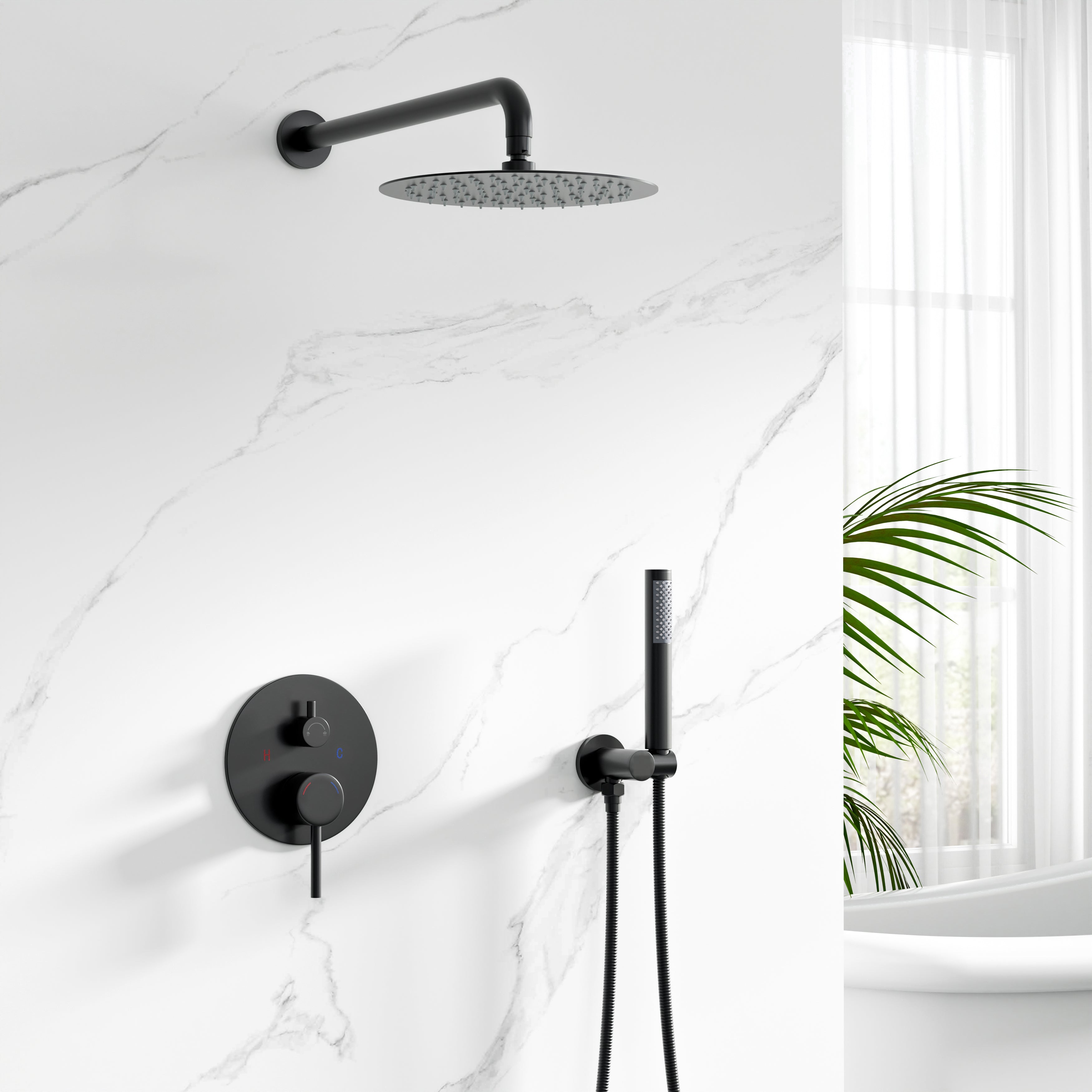
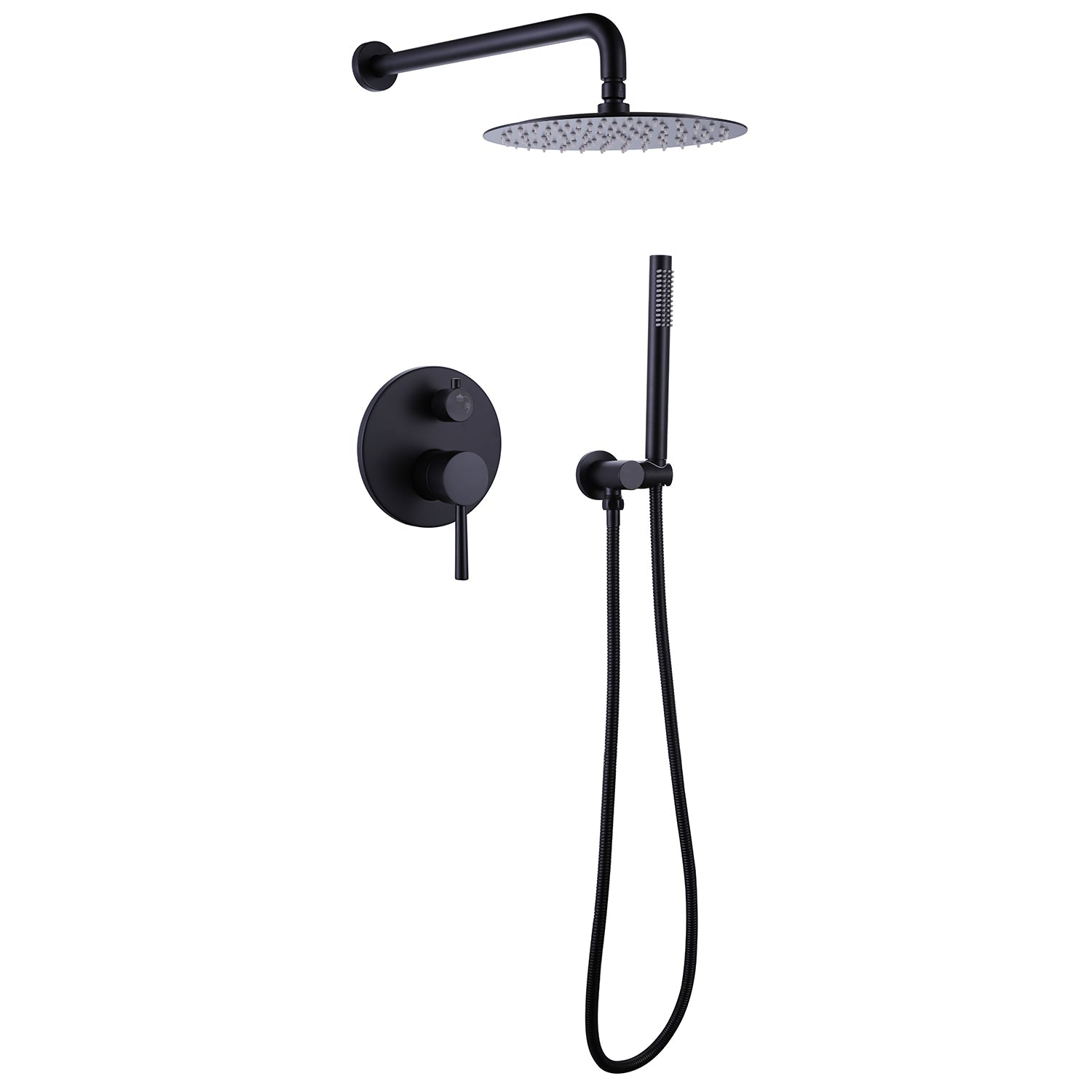


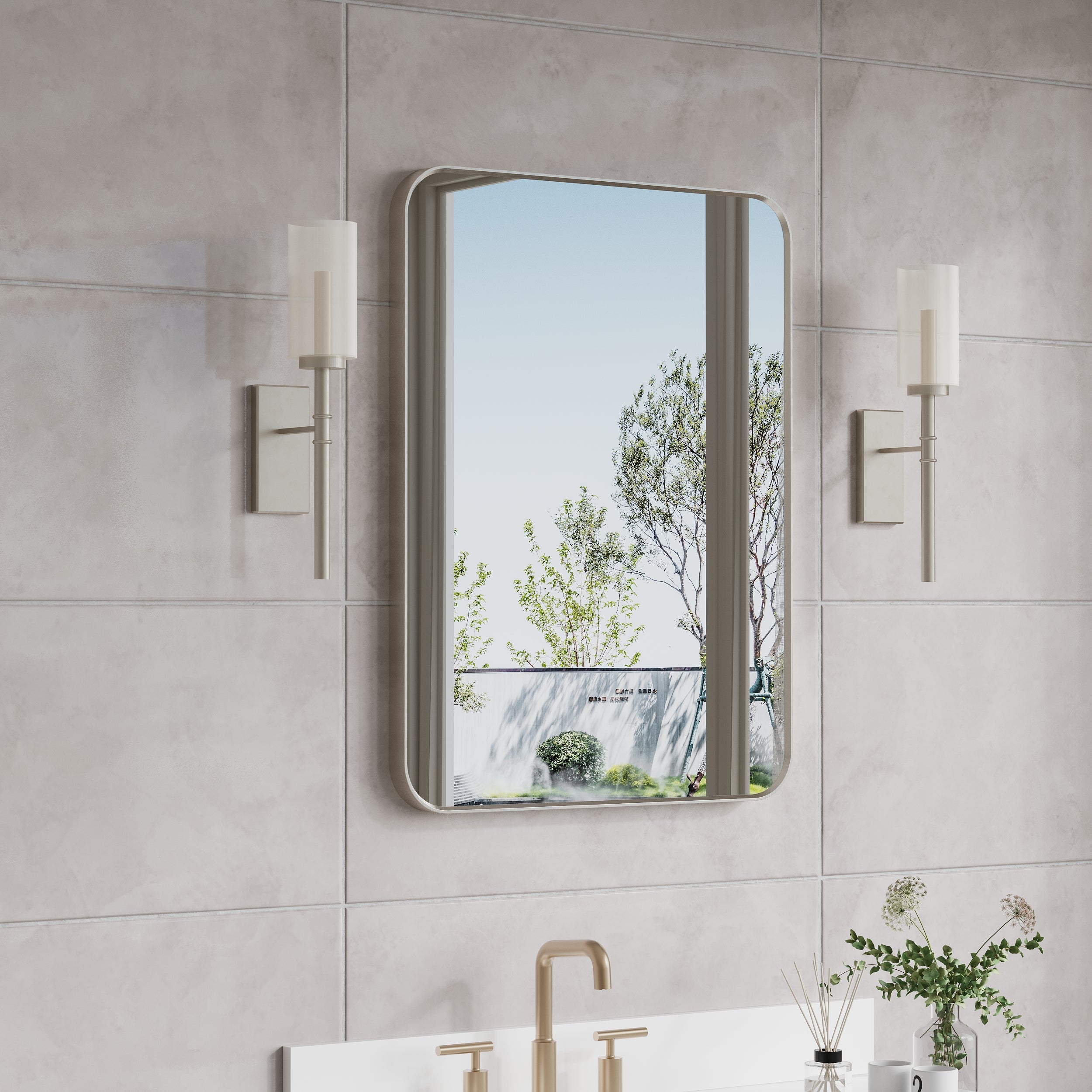
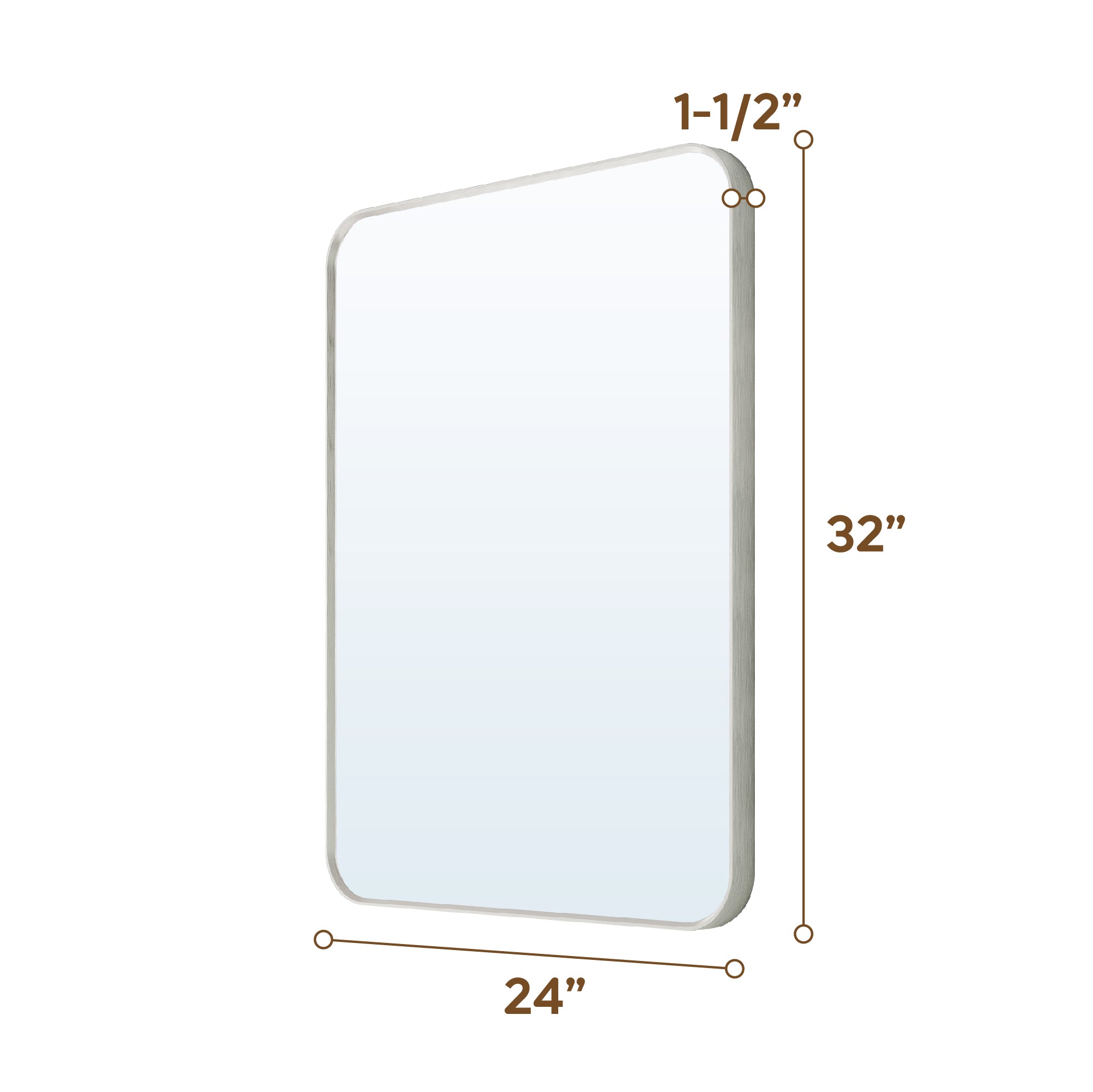



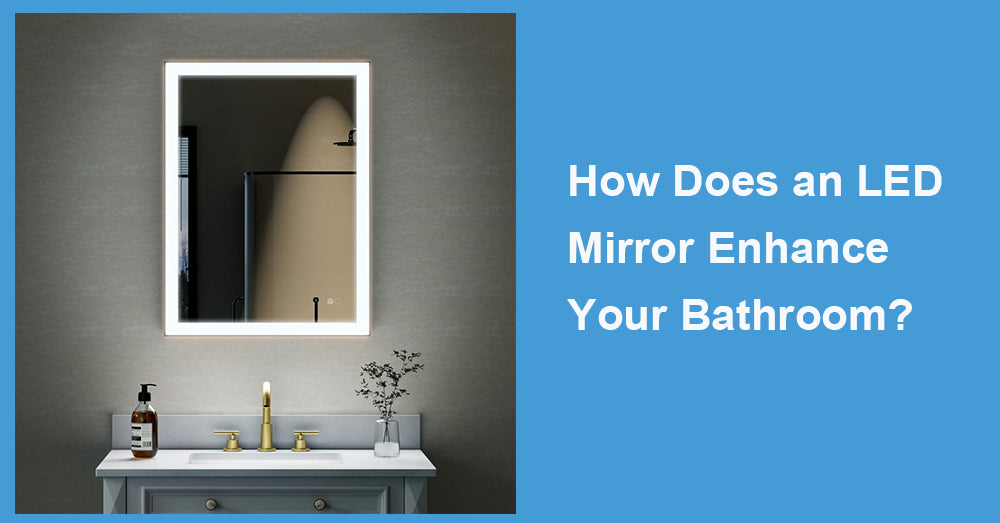
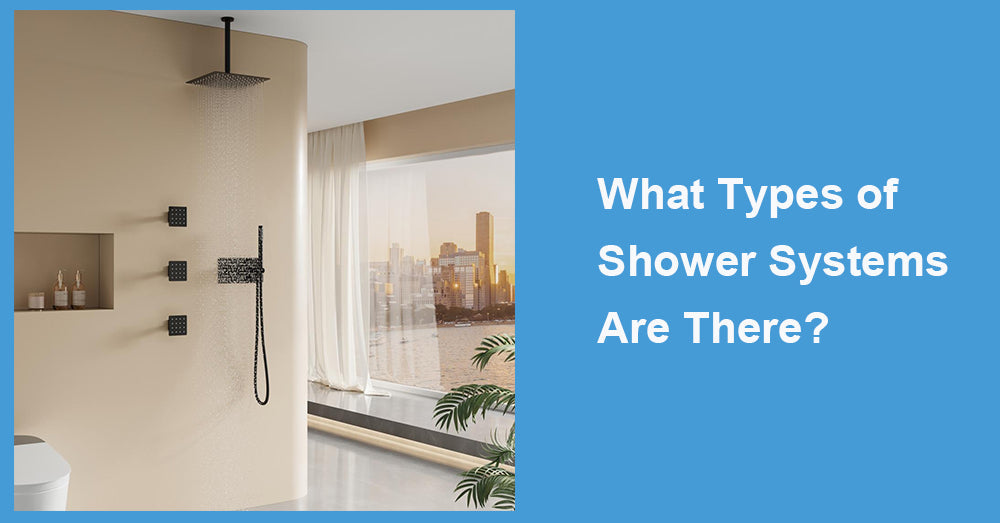
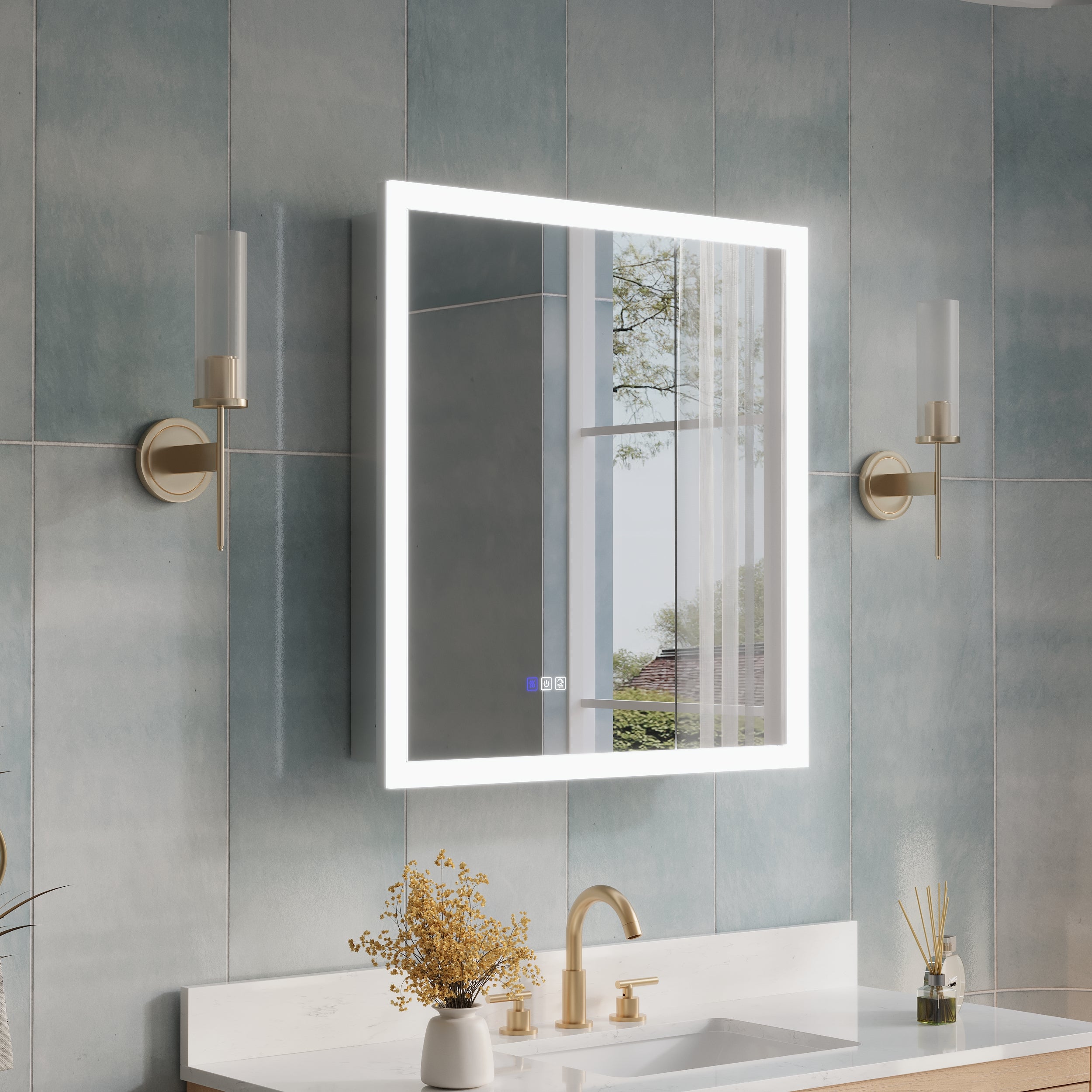
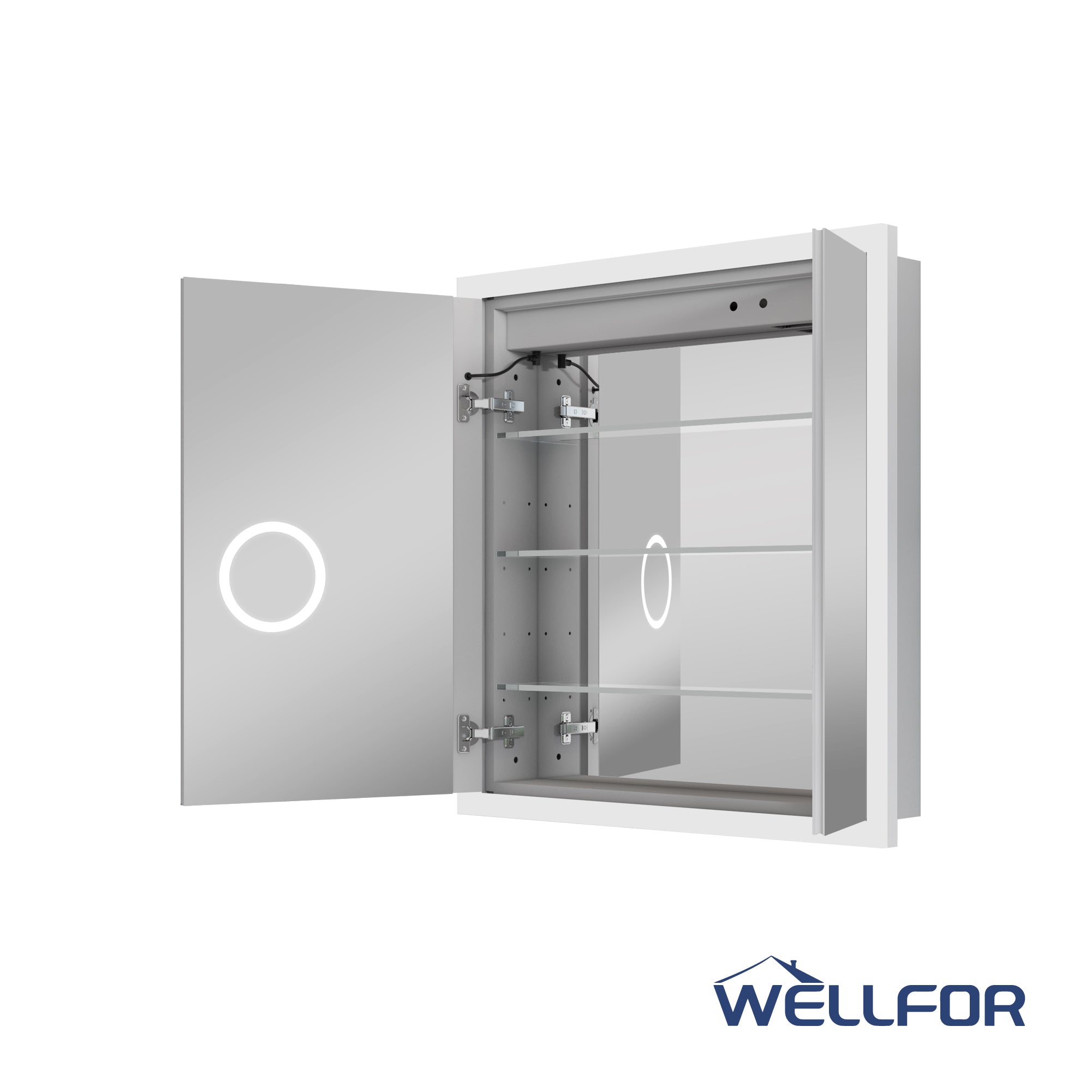
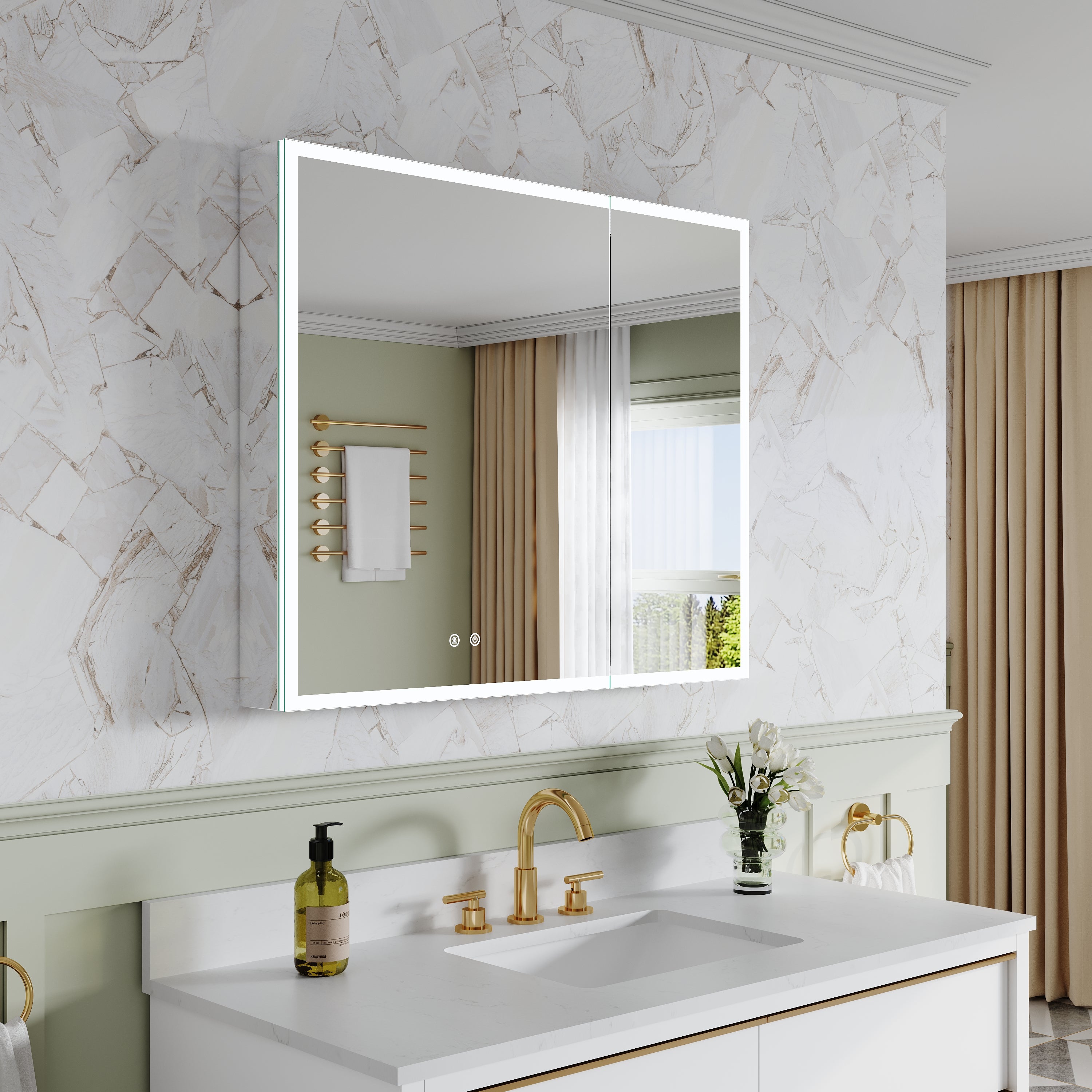
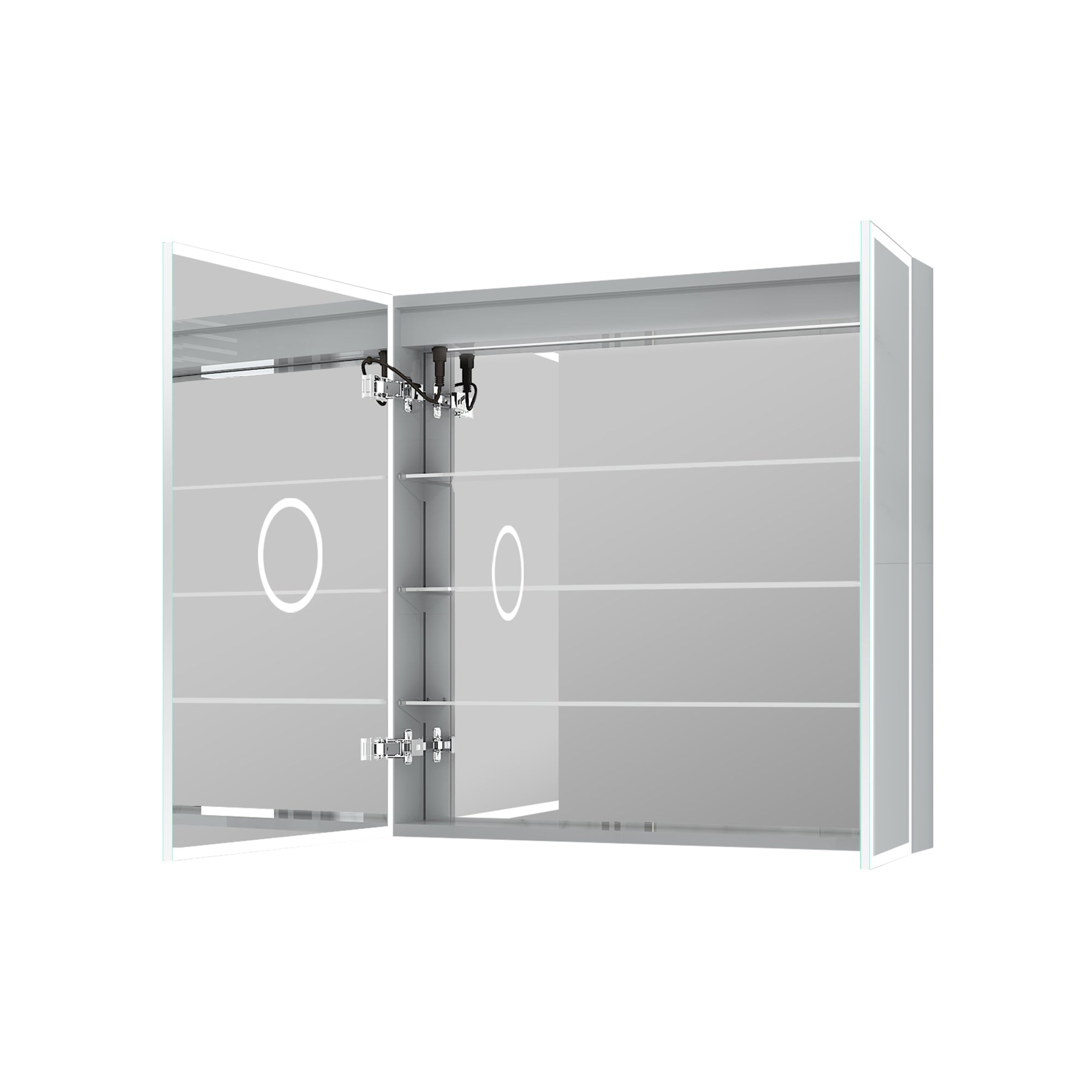
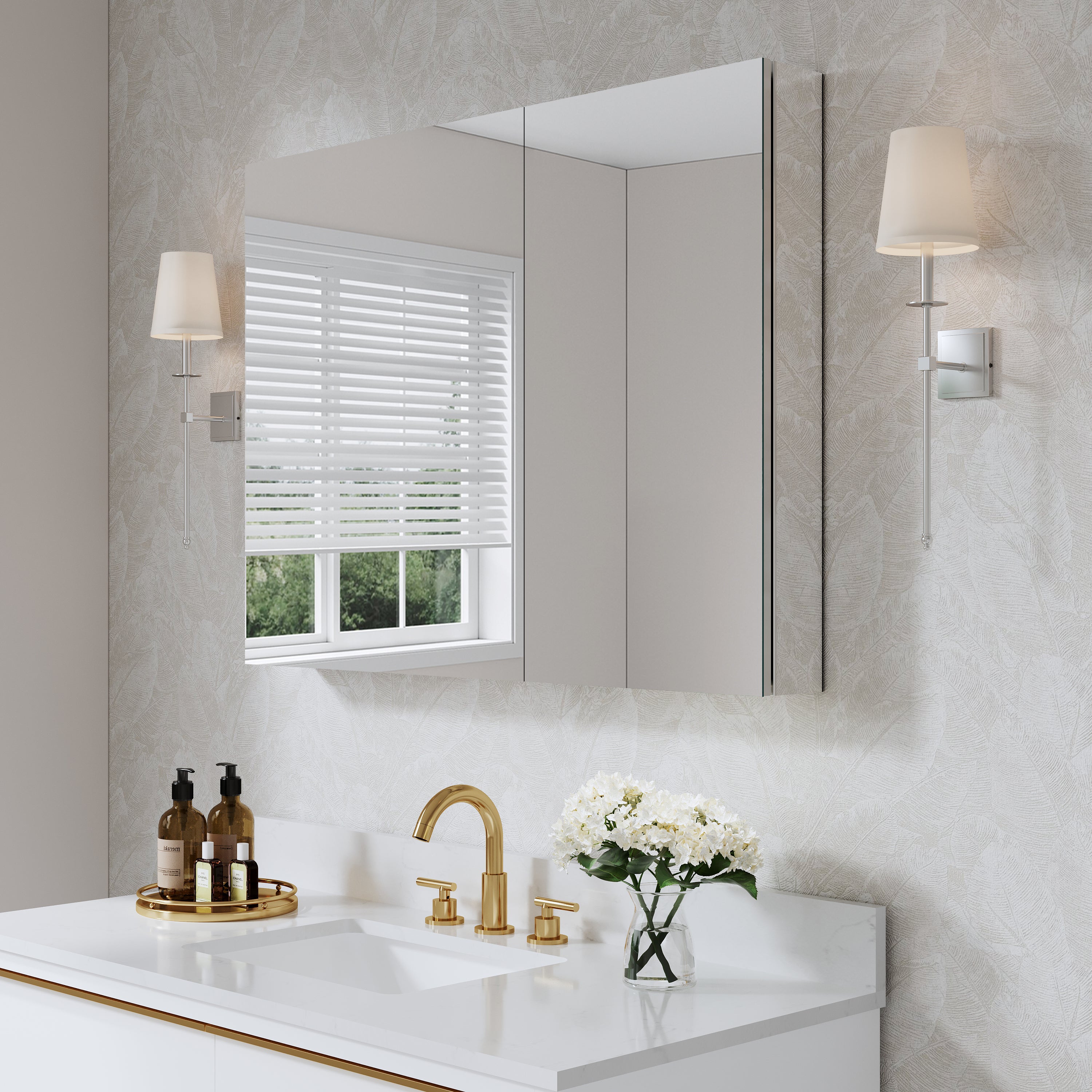

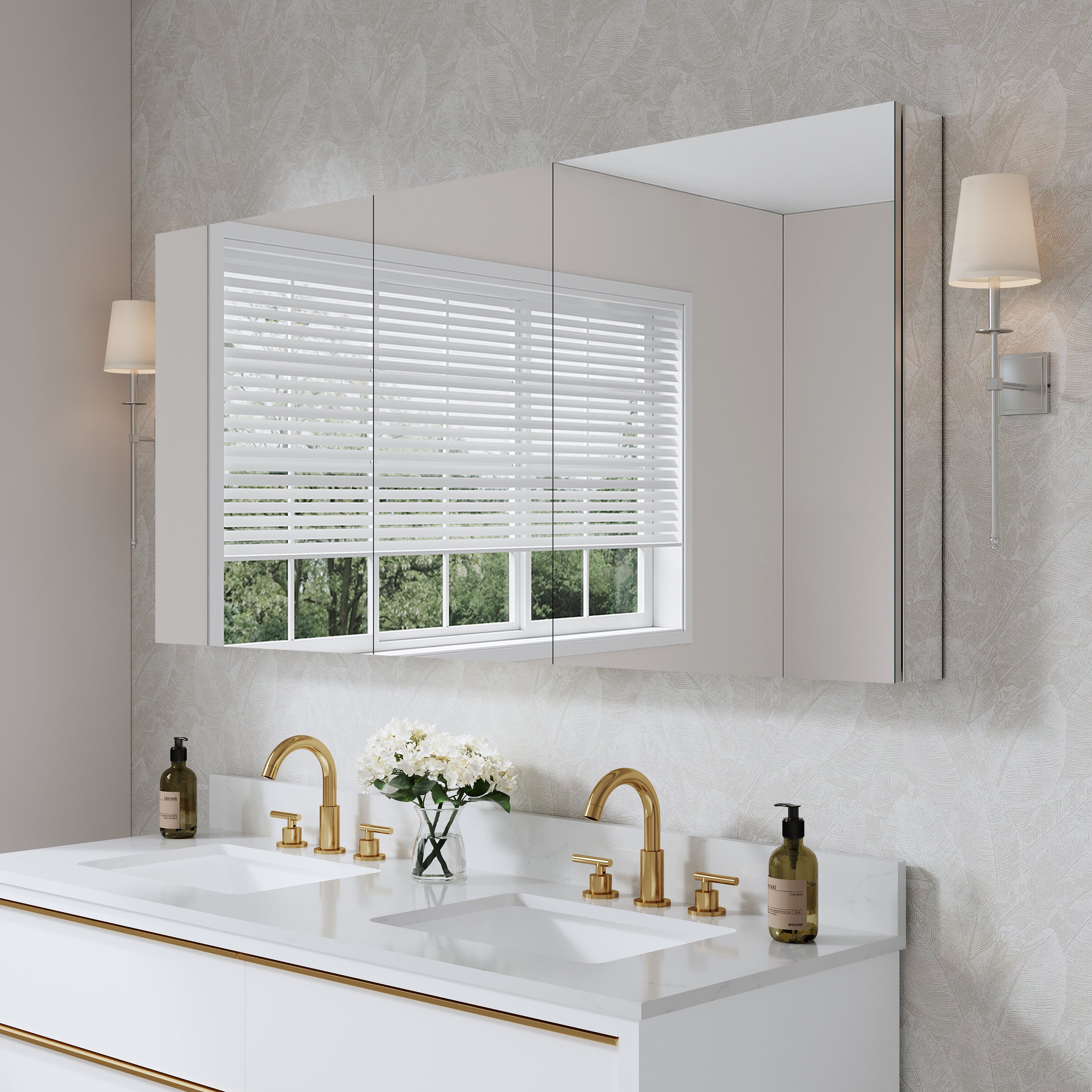

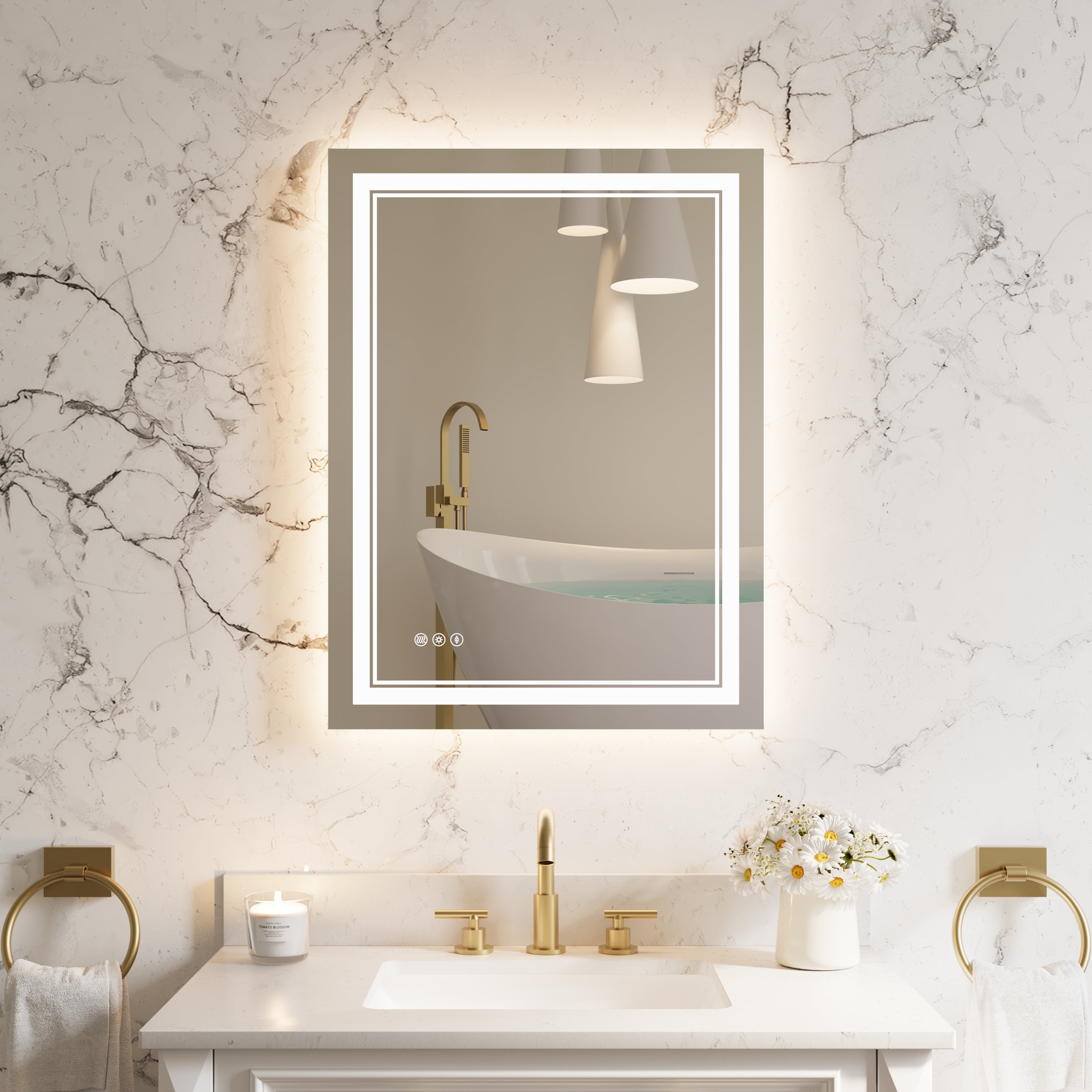
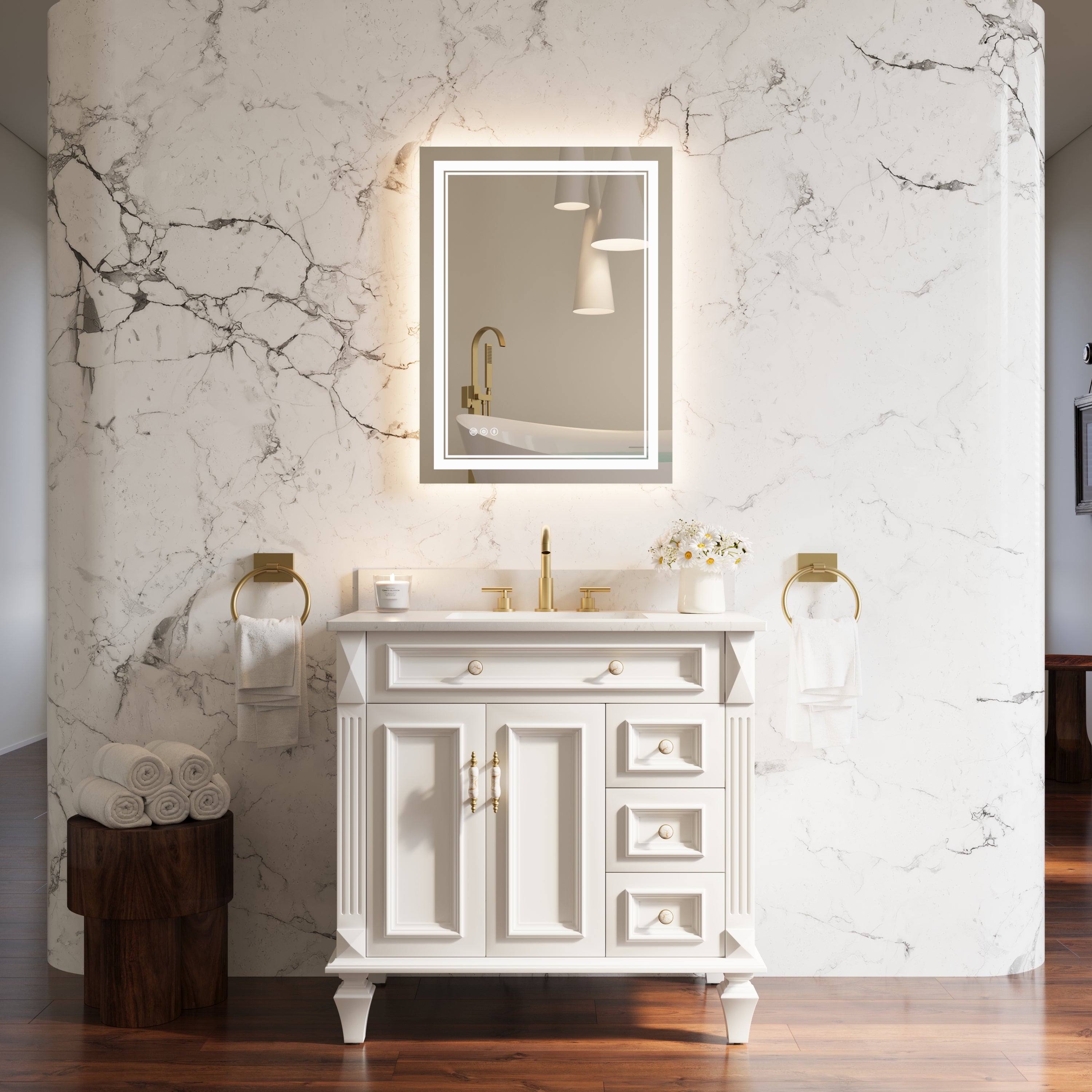
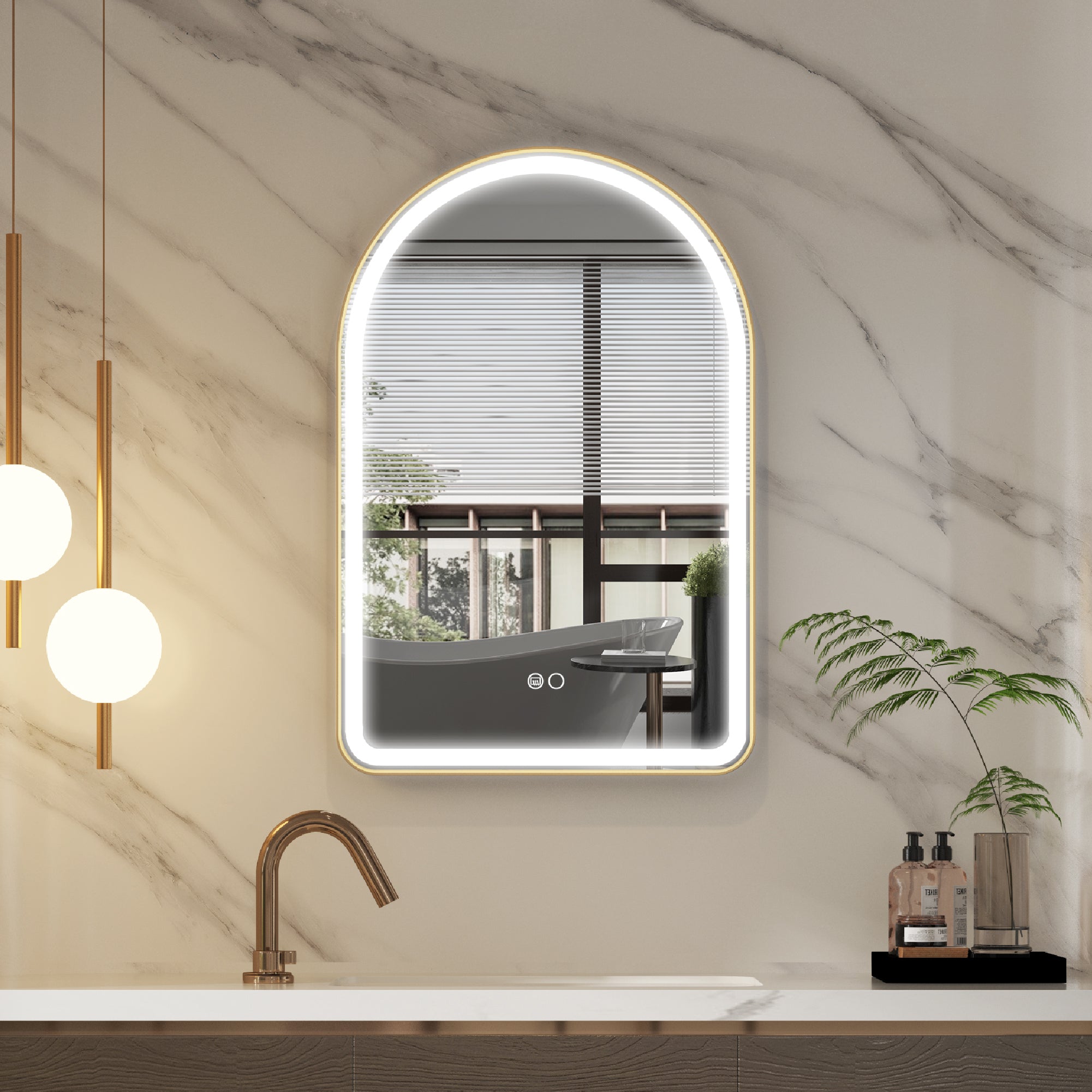
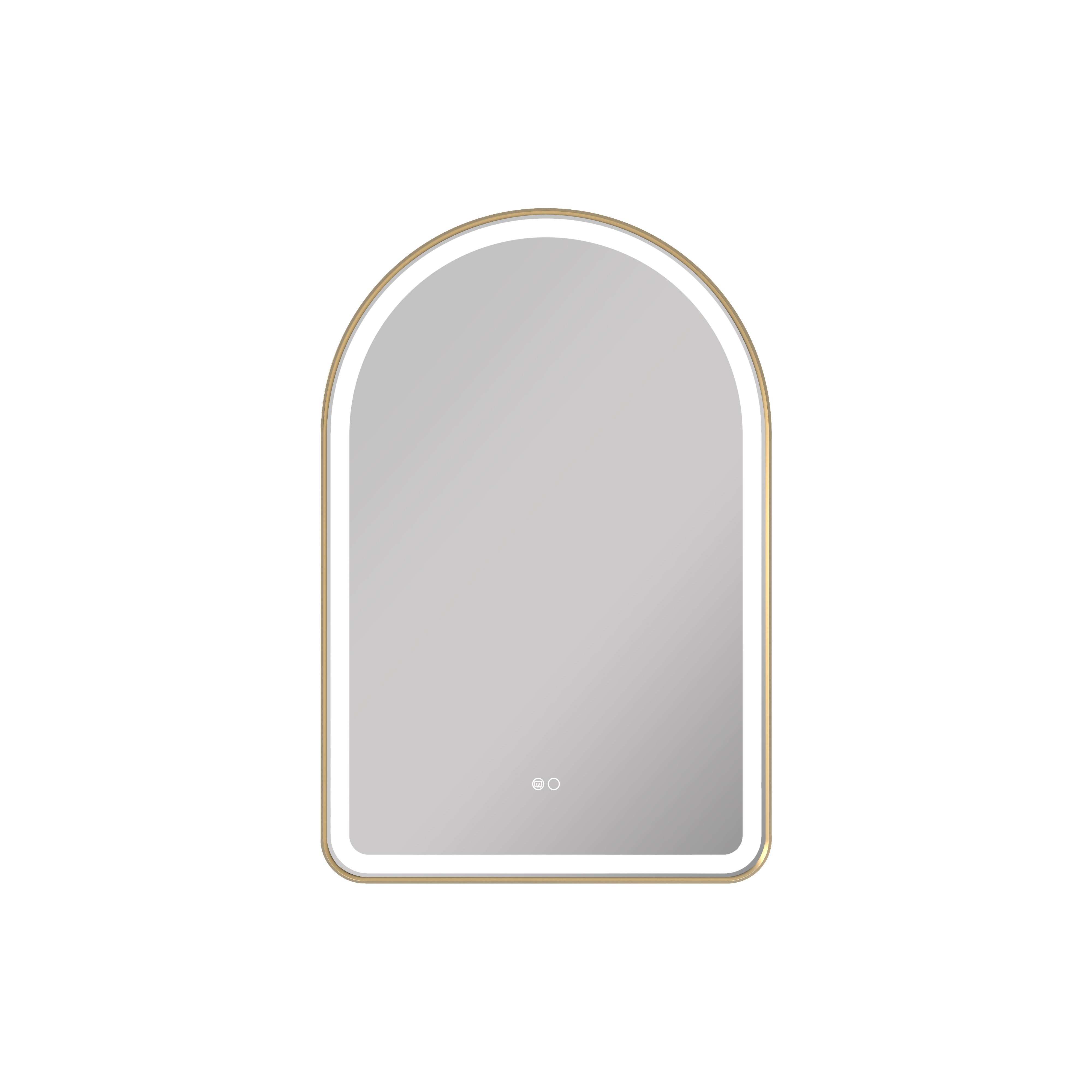
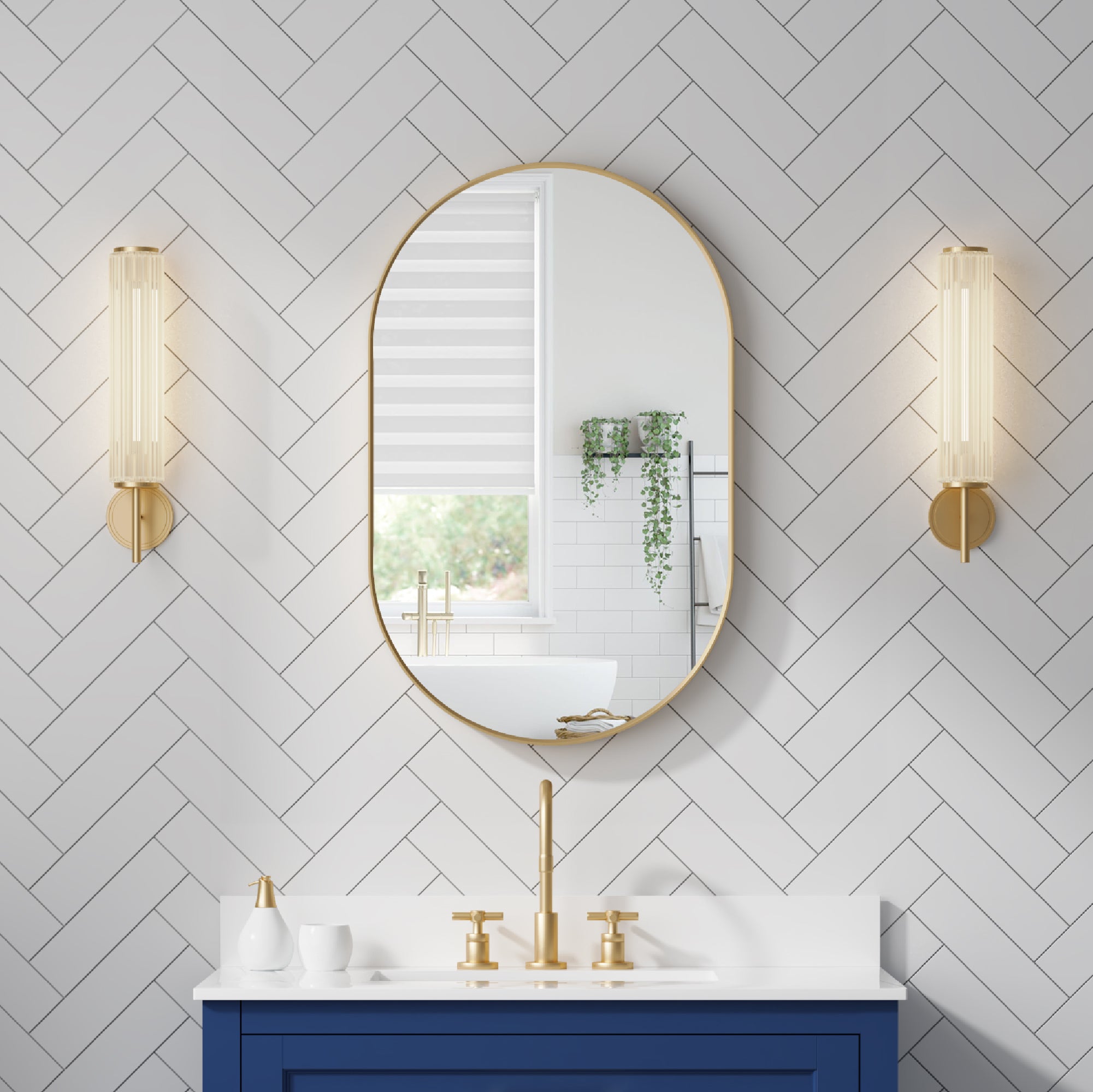
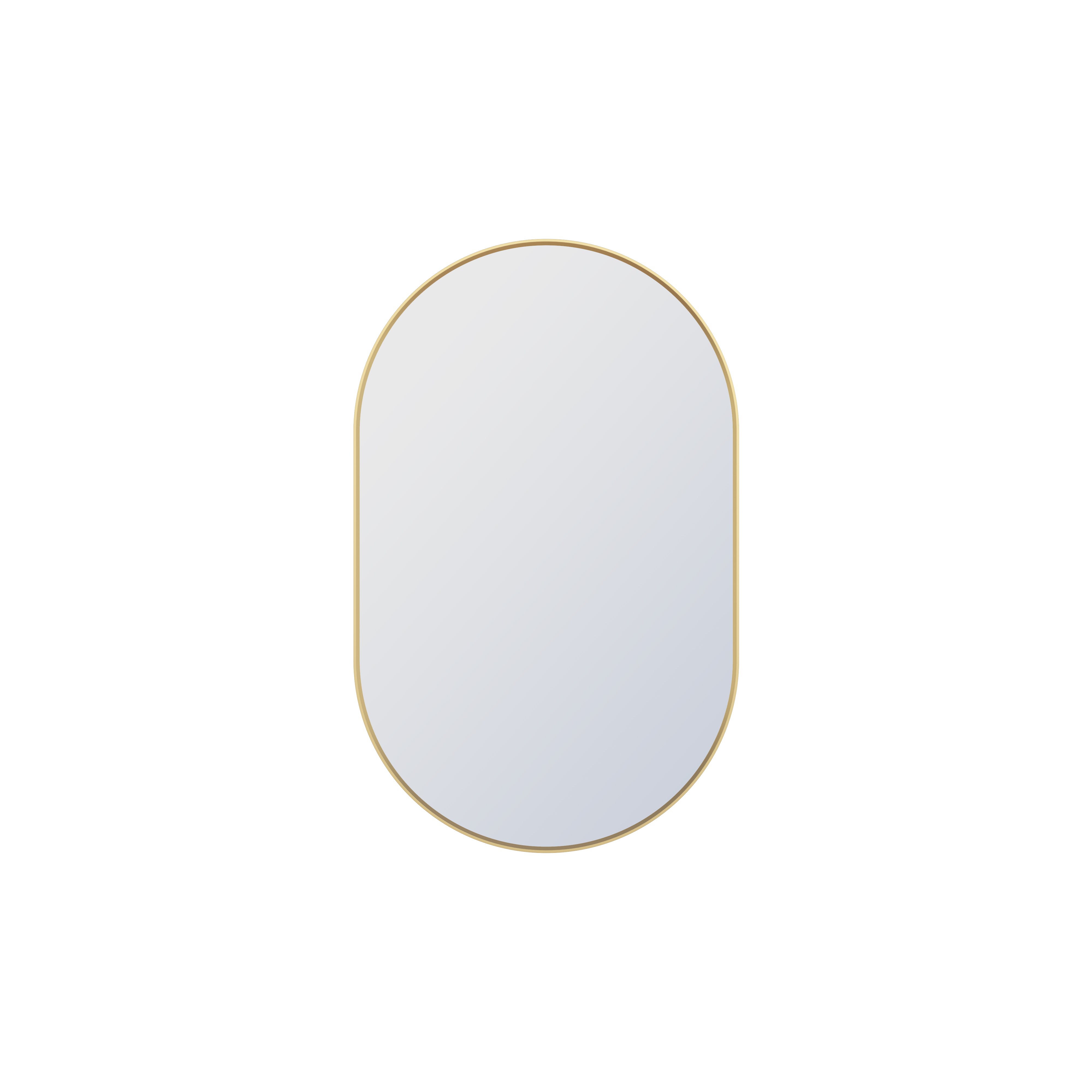


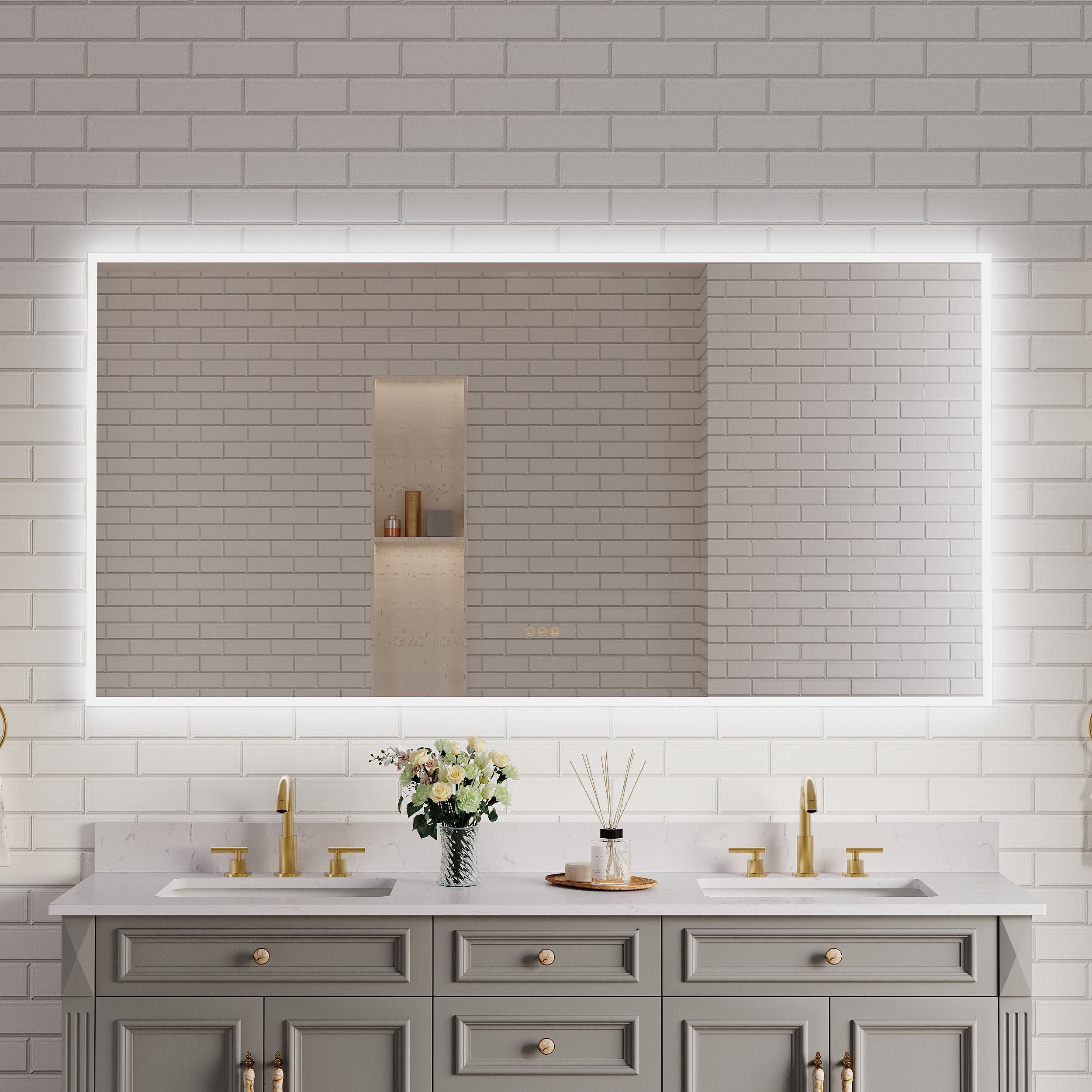





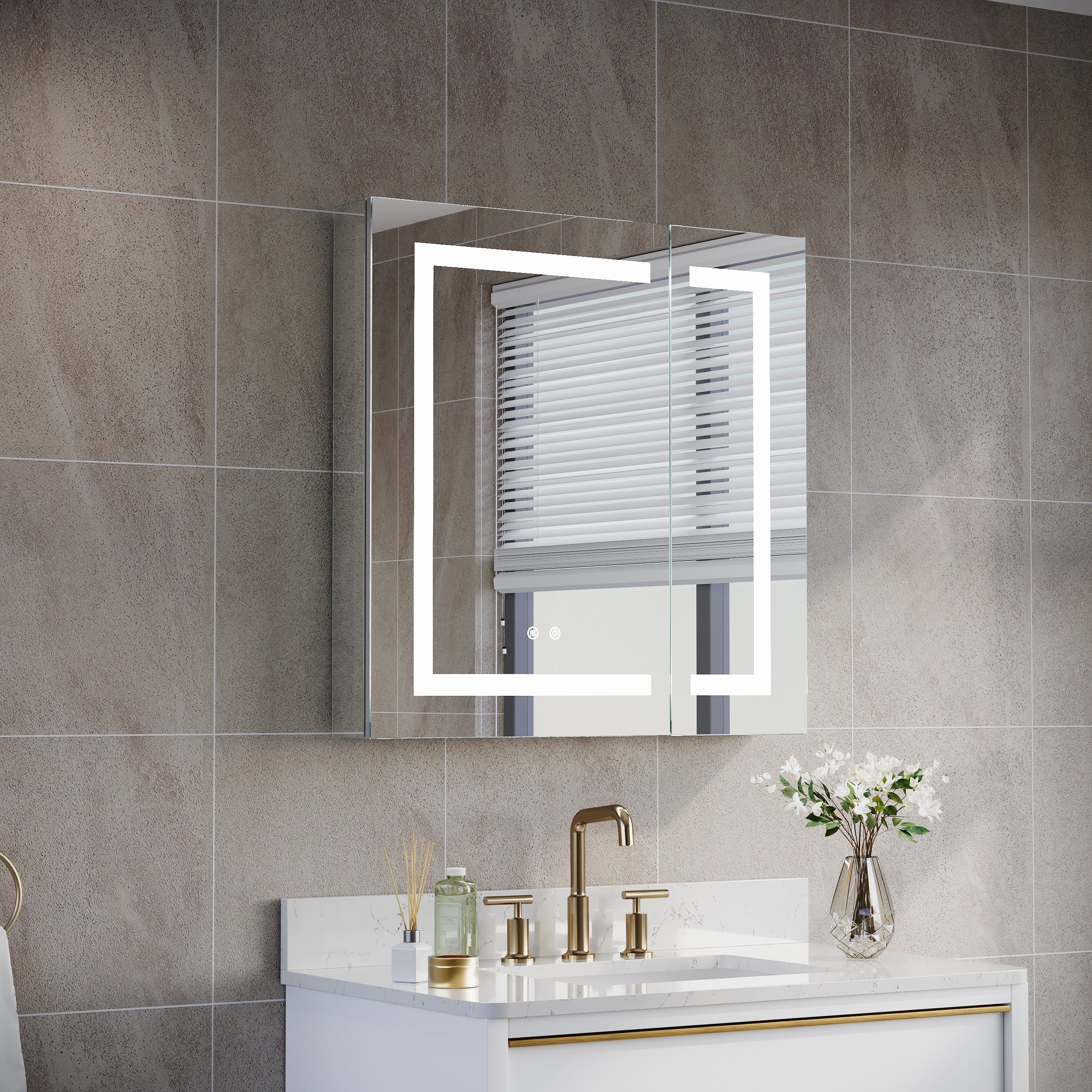
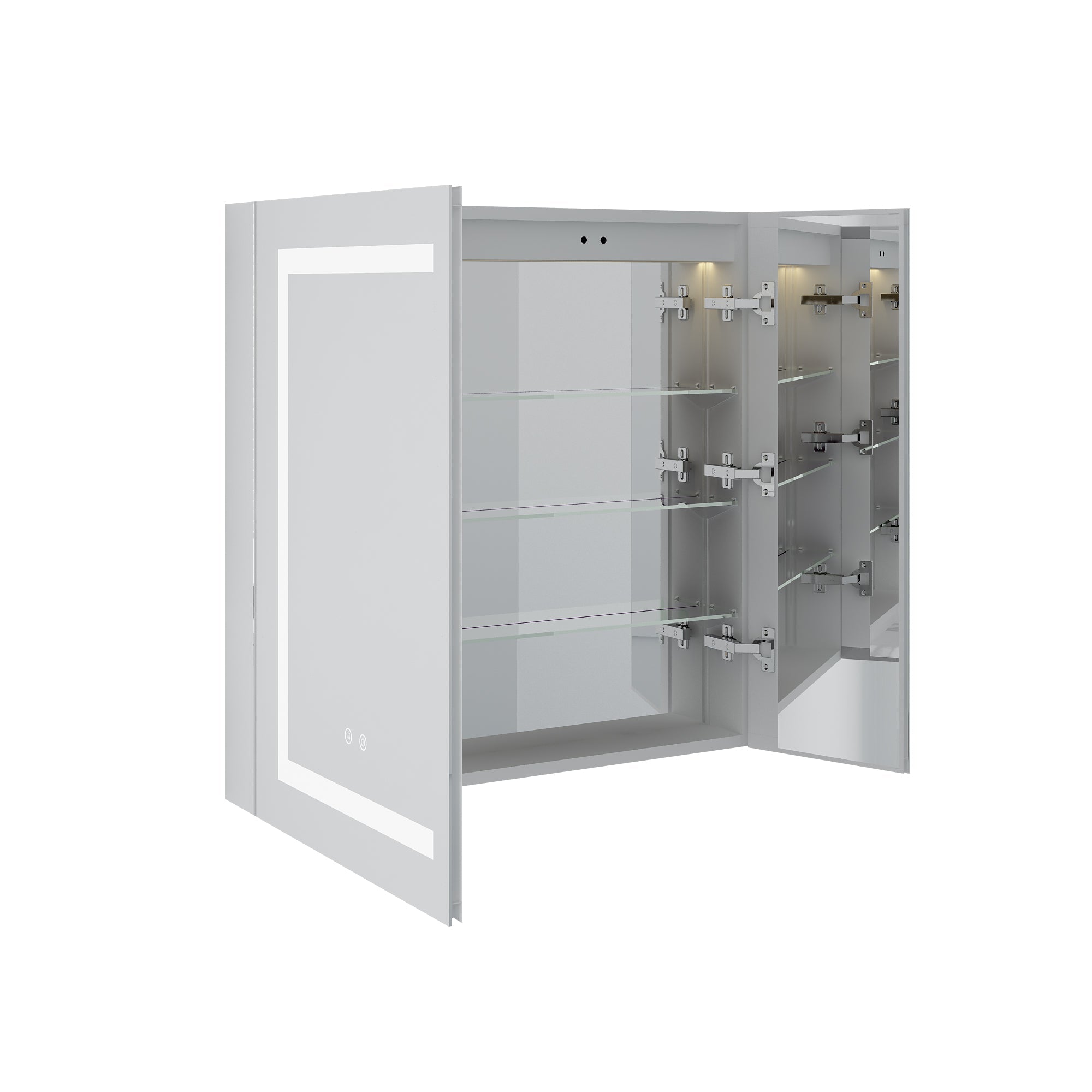




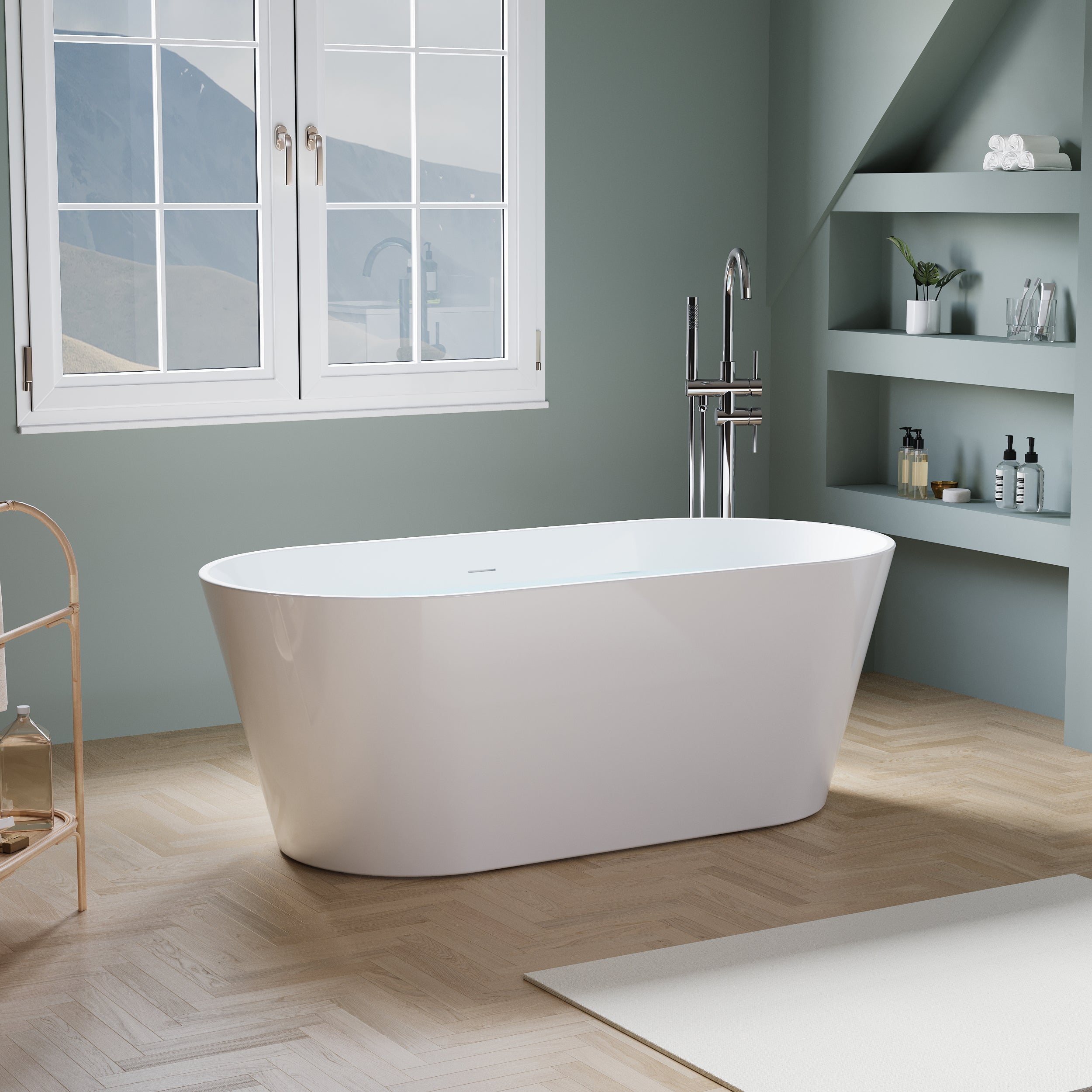
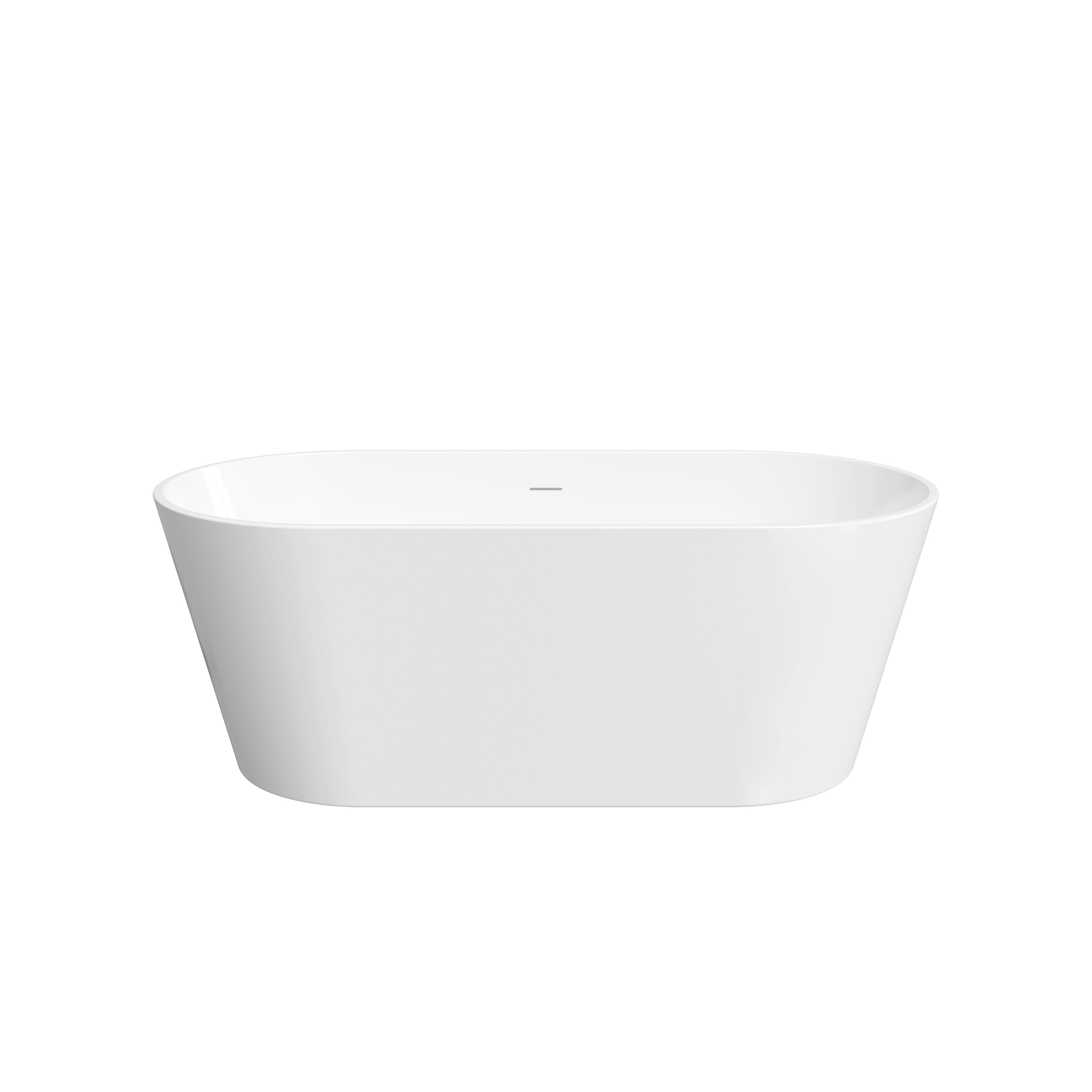


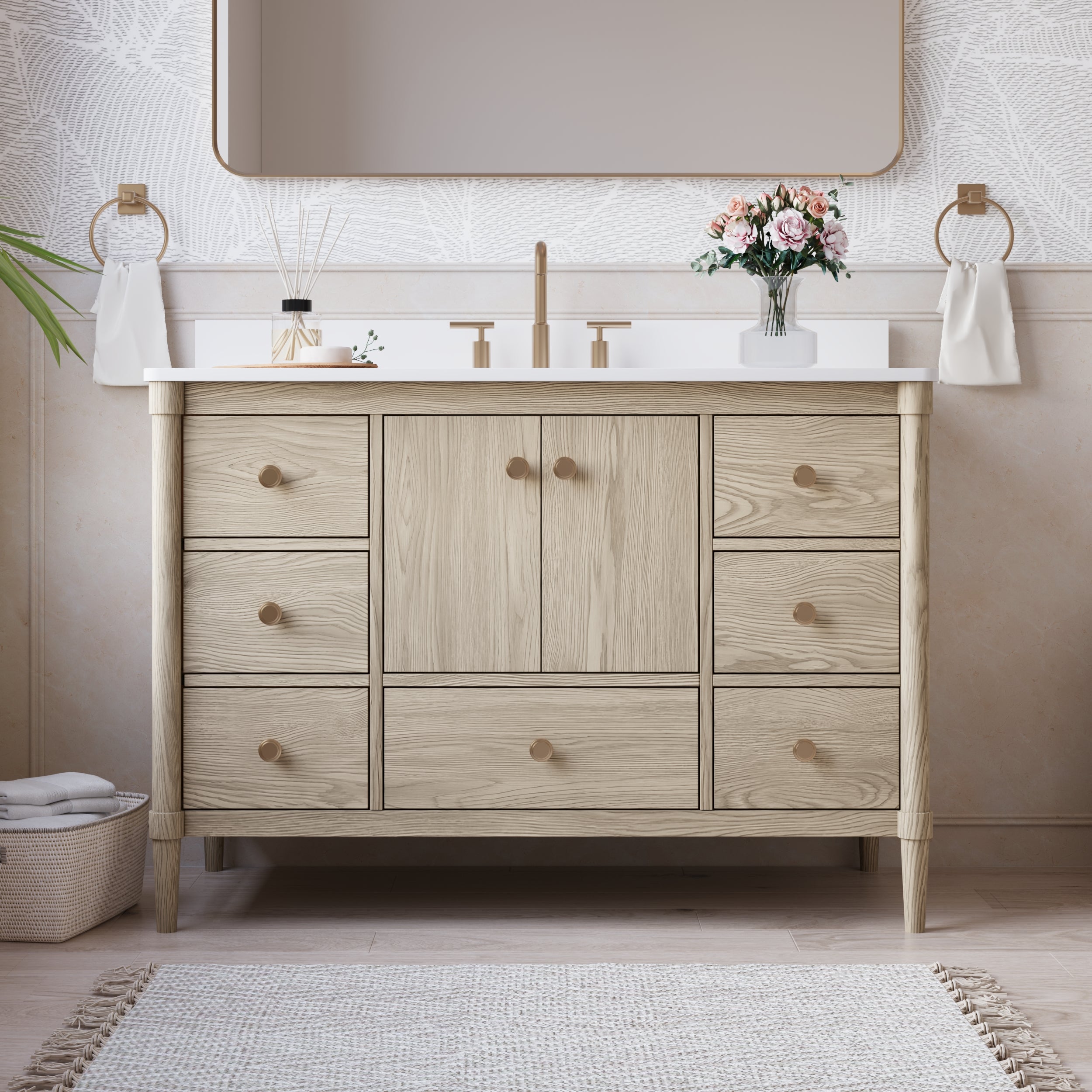
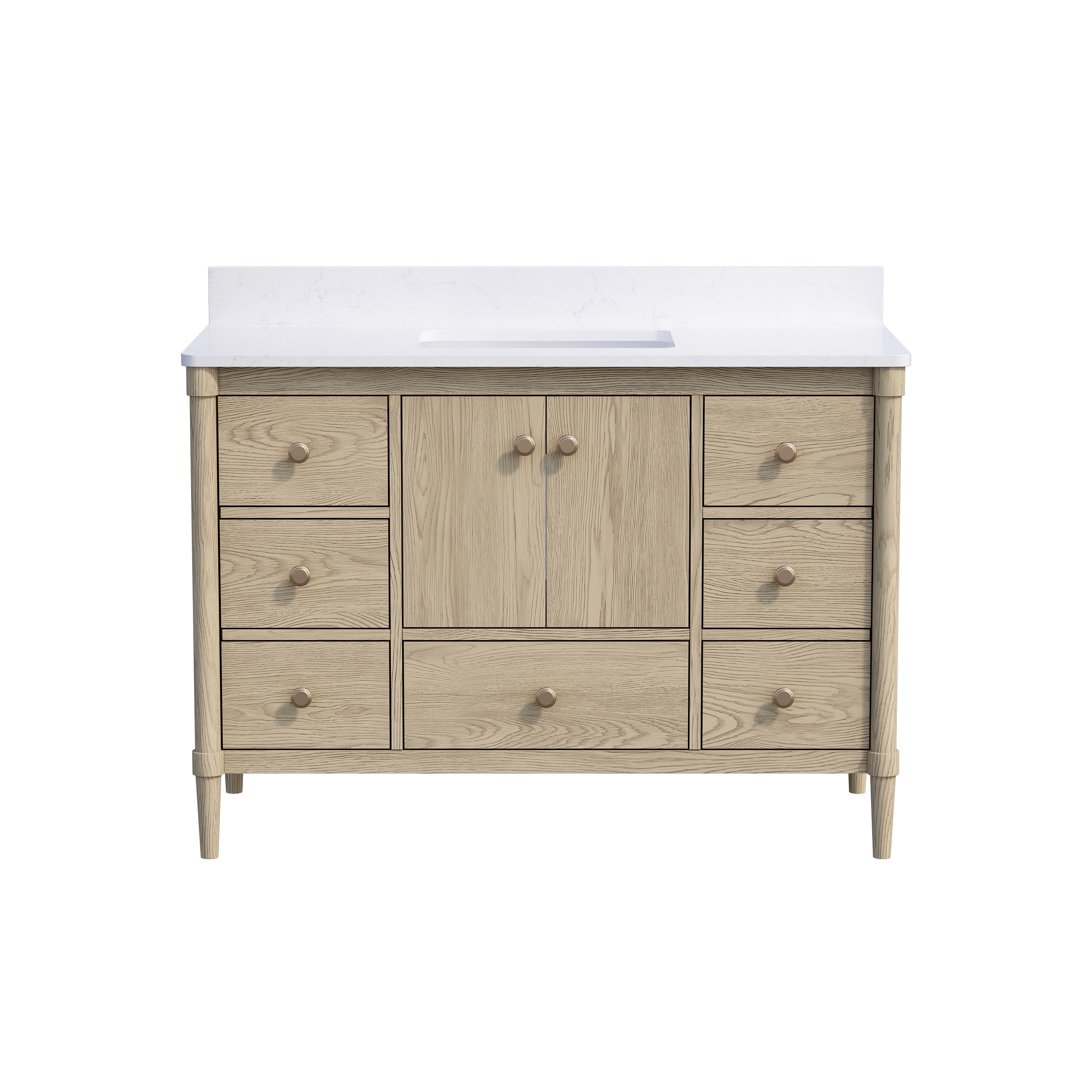
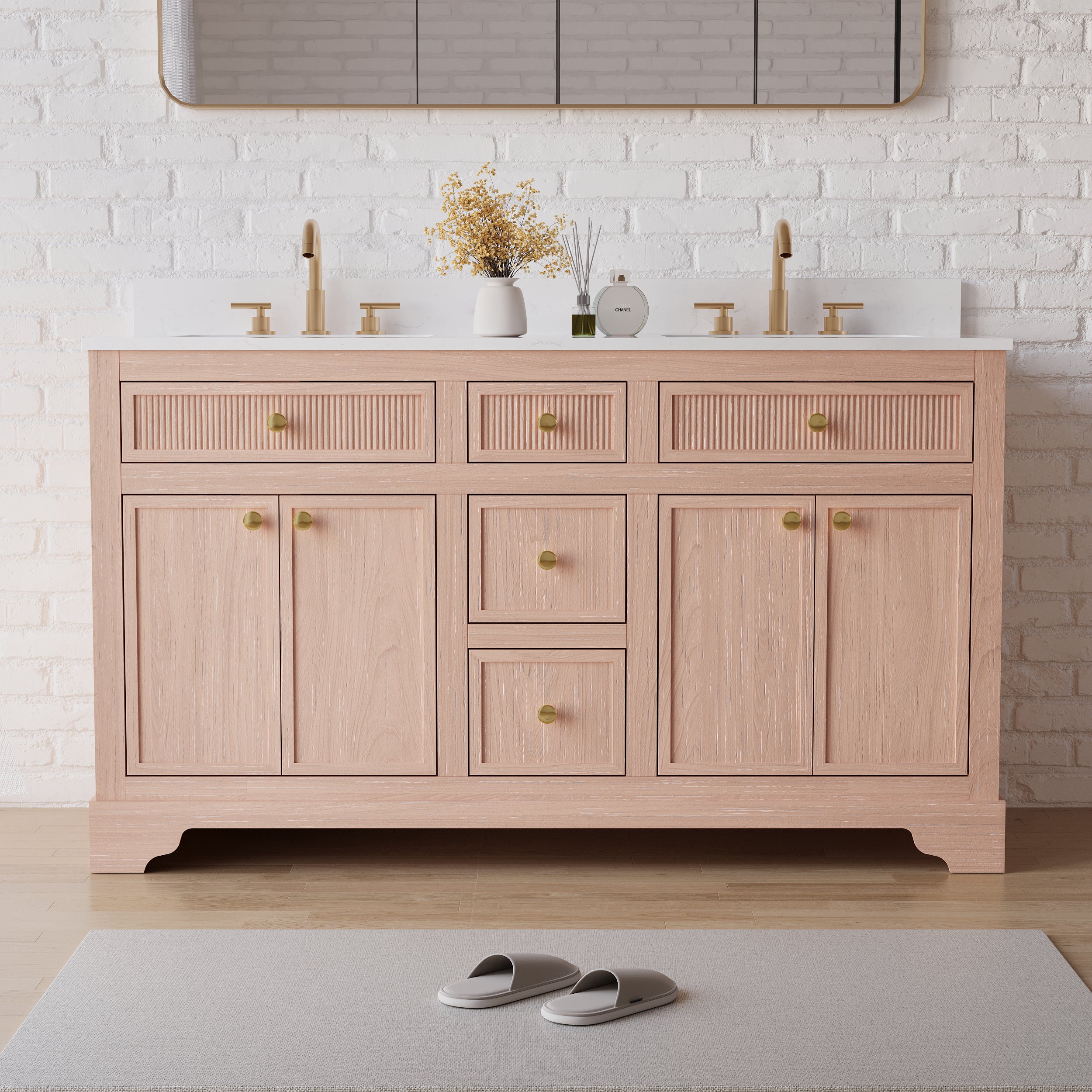
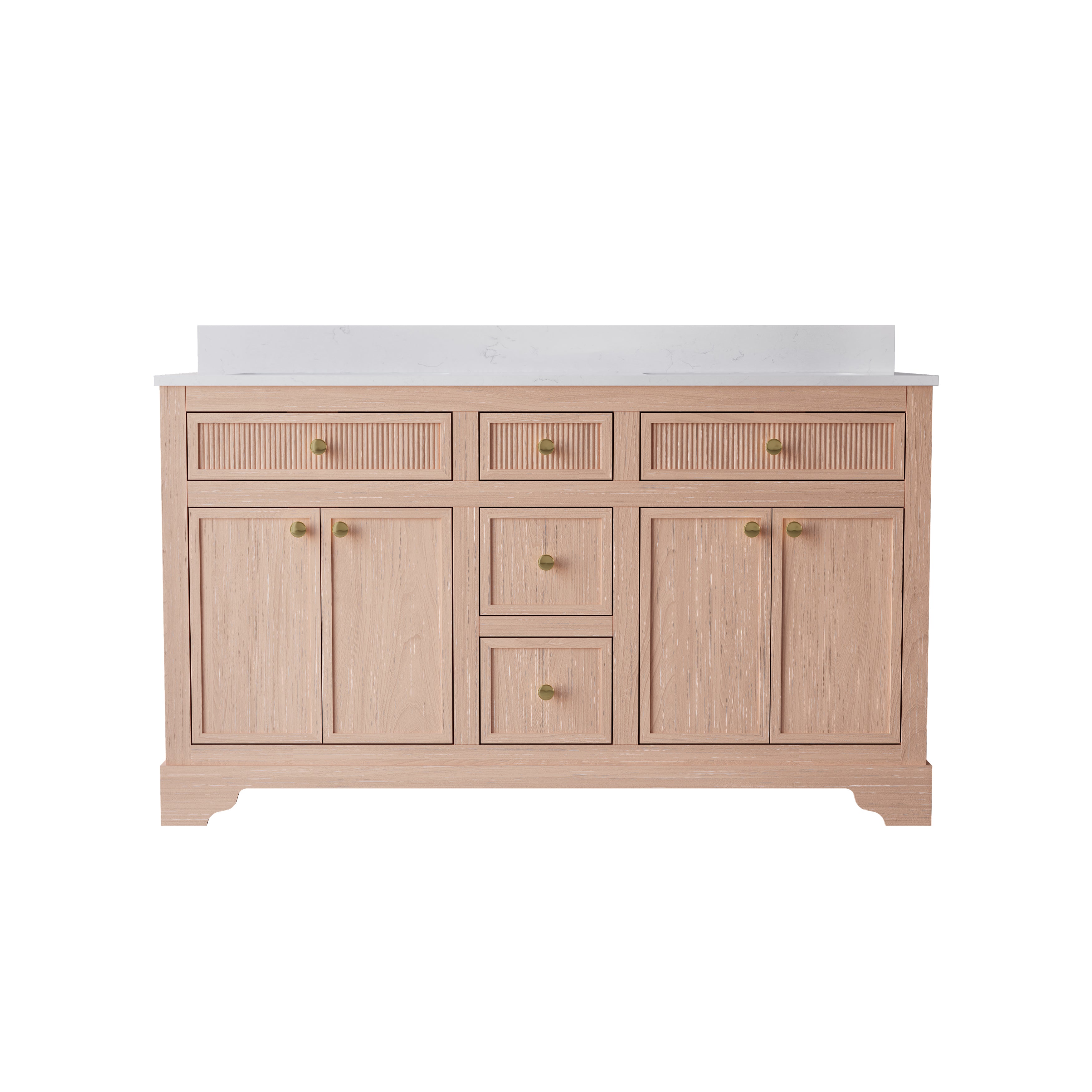
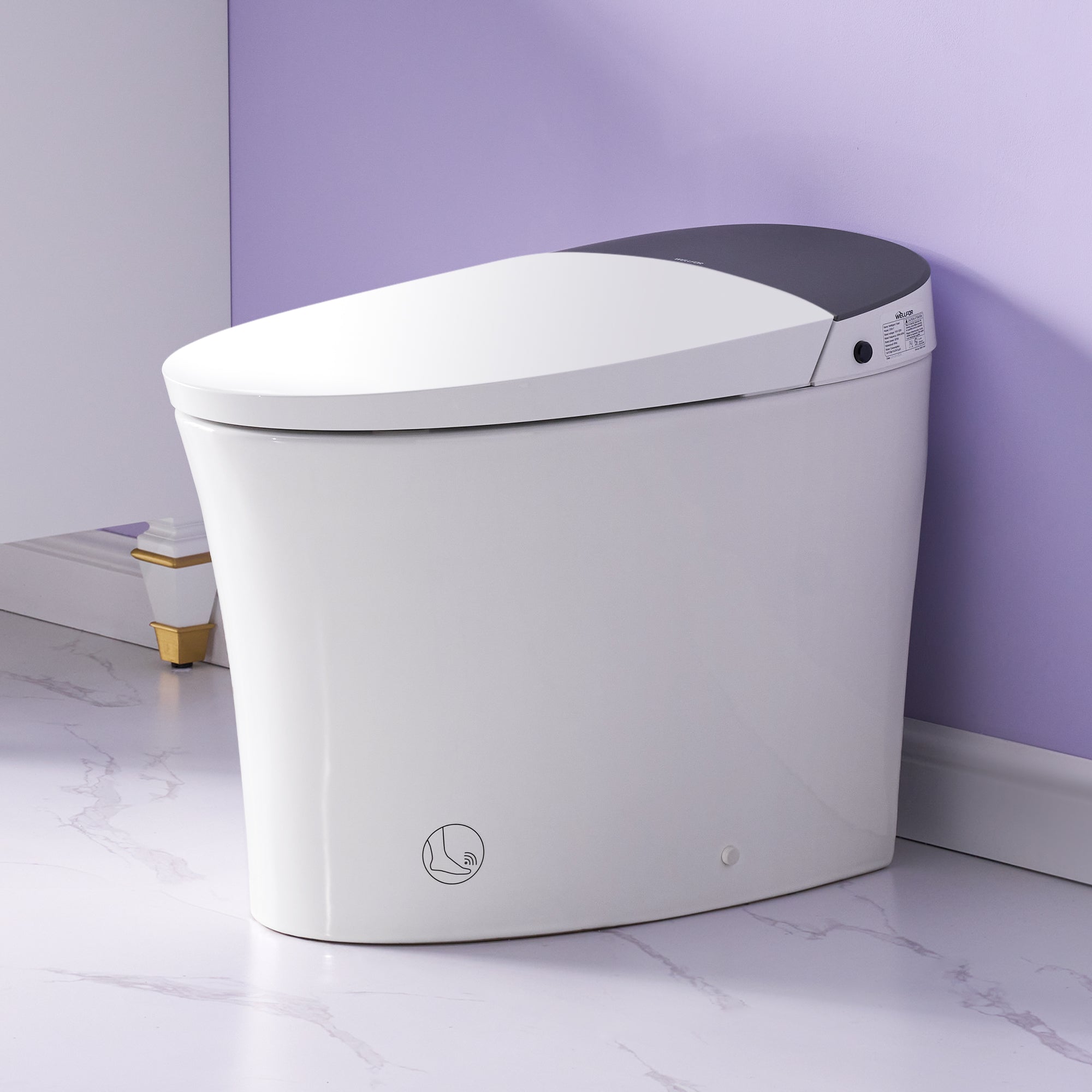
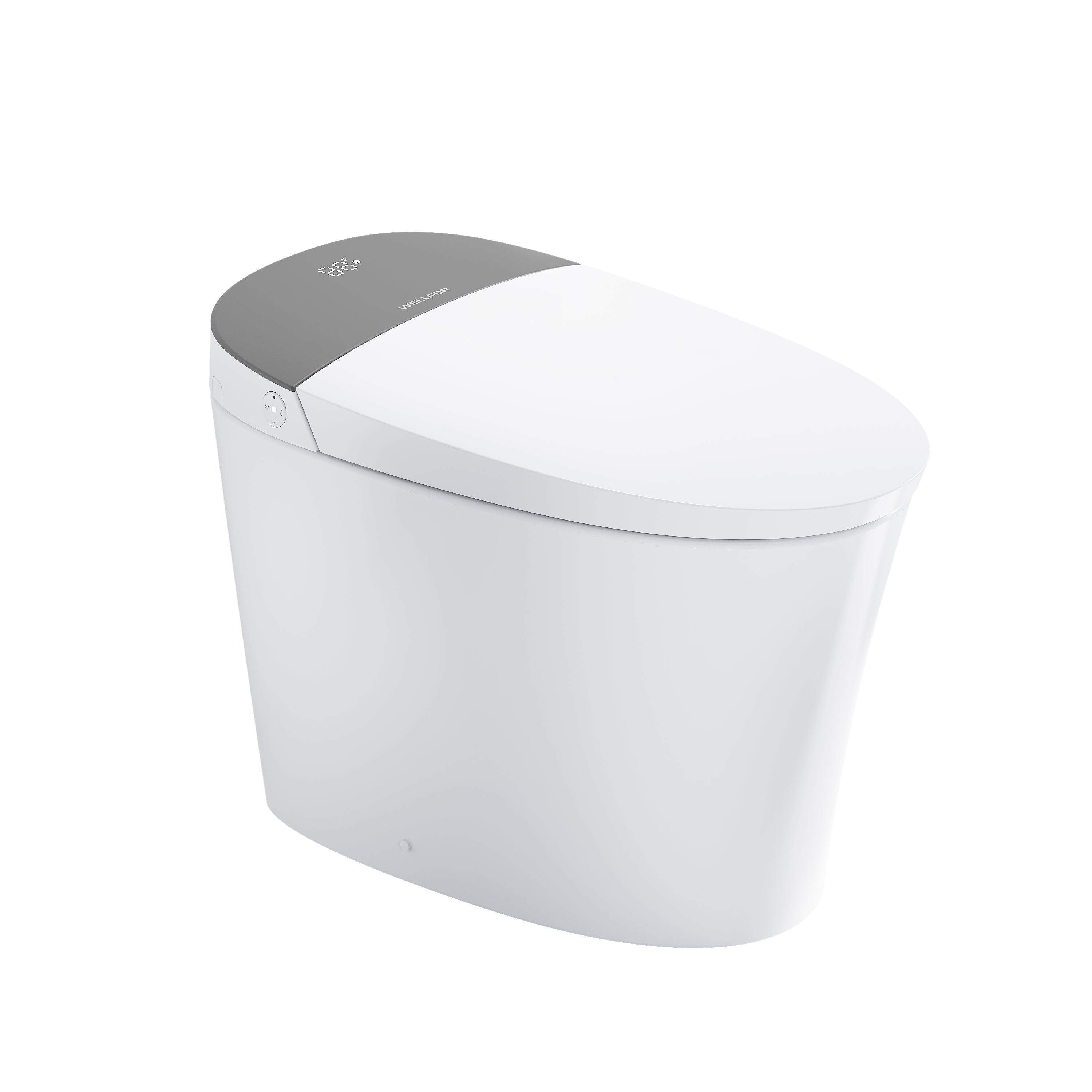
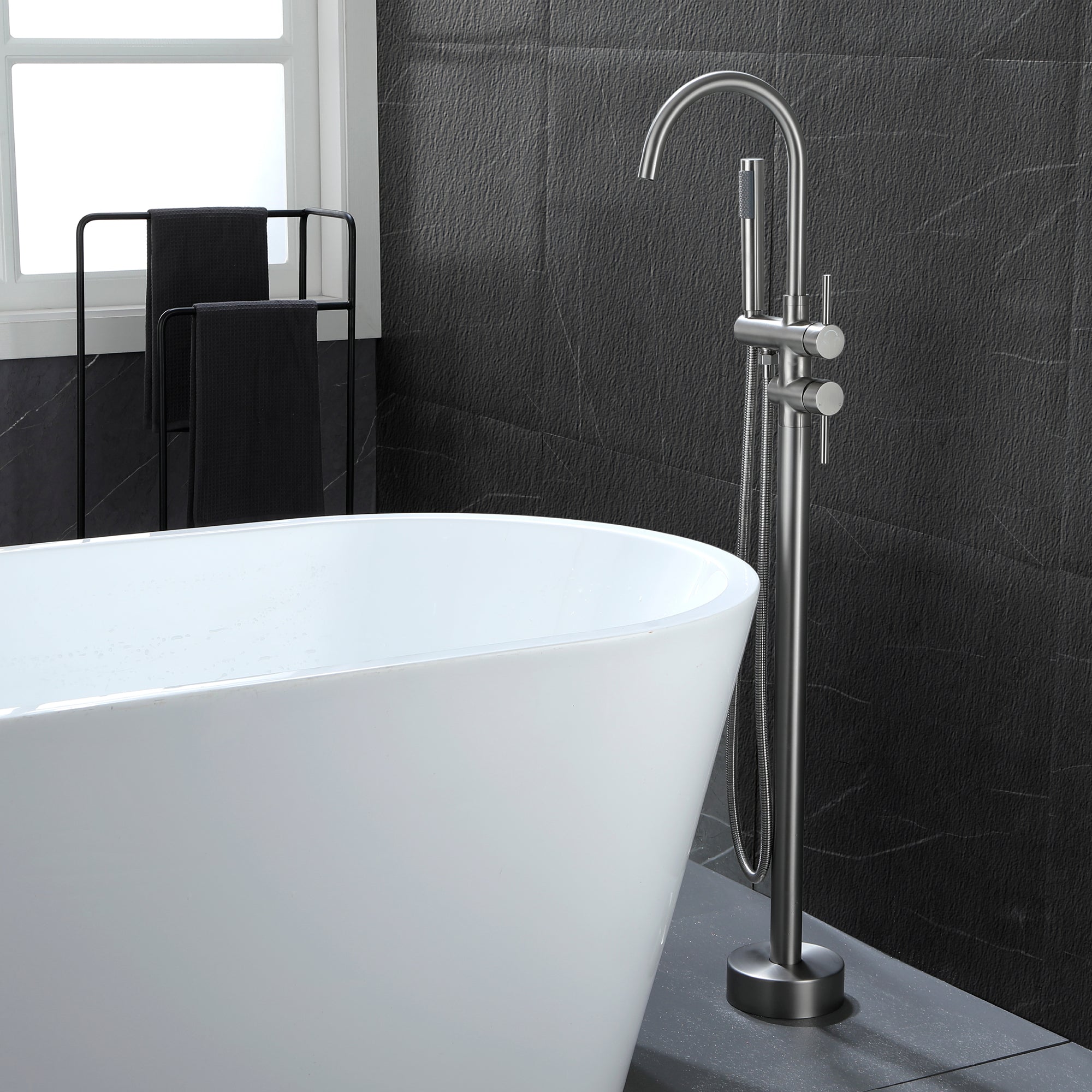

Leave a comment
This site is protected by hCaptcha and the hCaptcha Privacy Policy and Terms of Service apply.